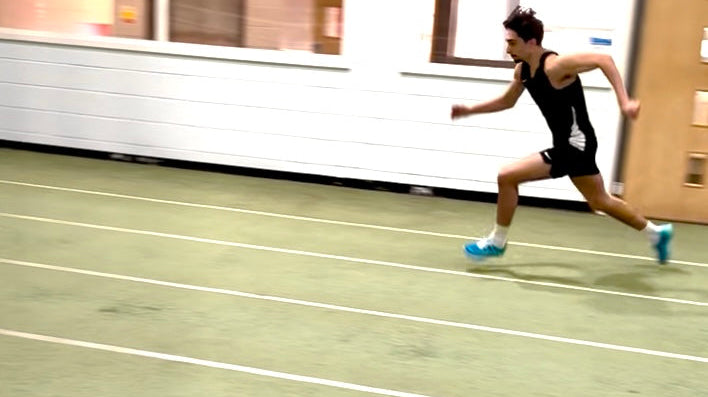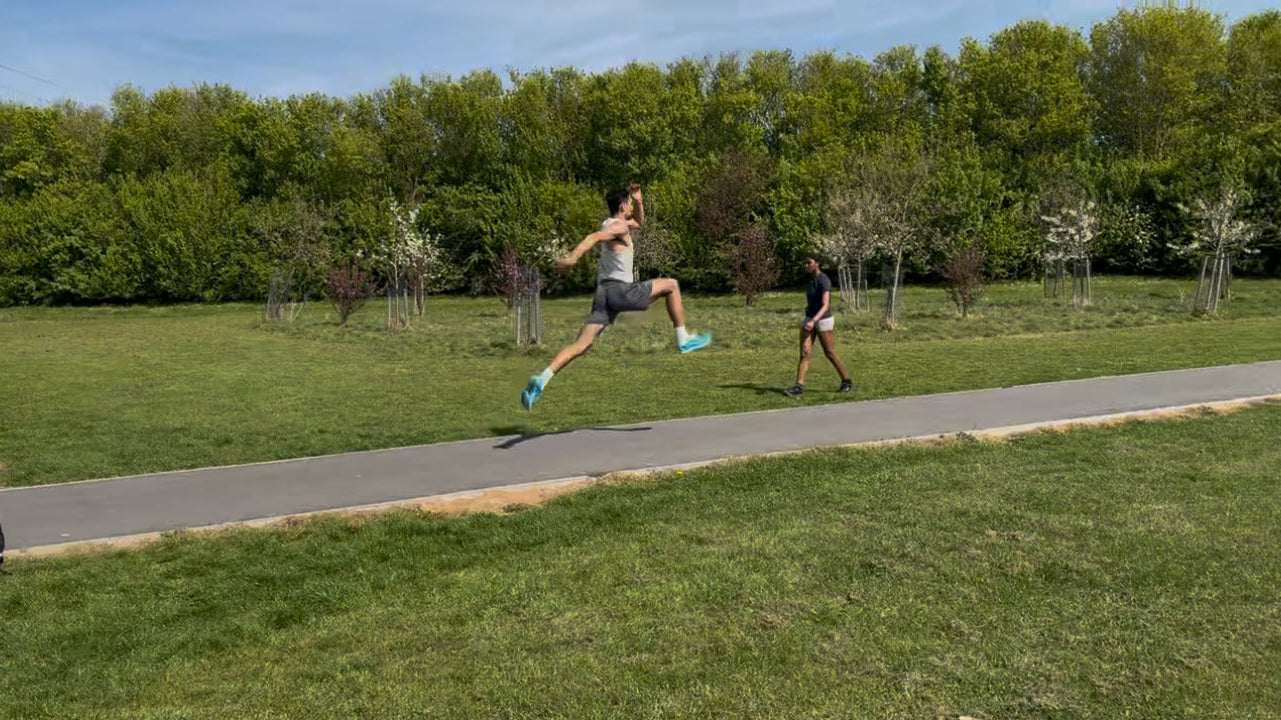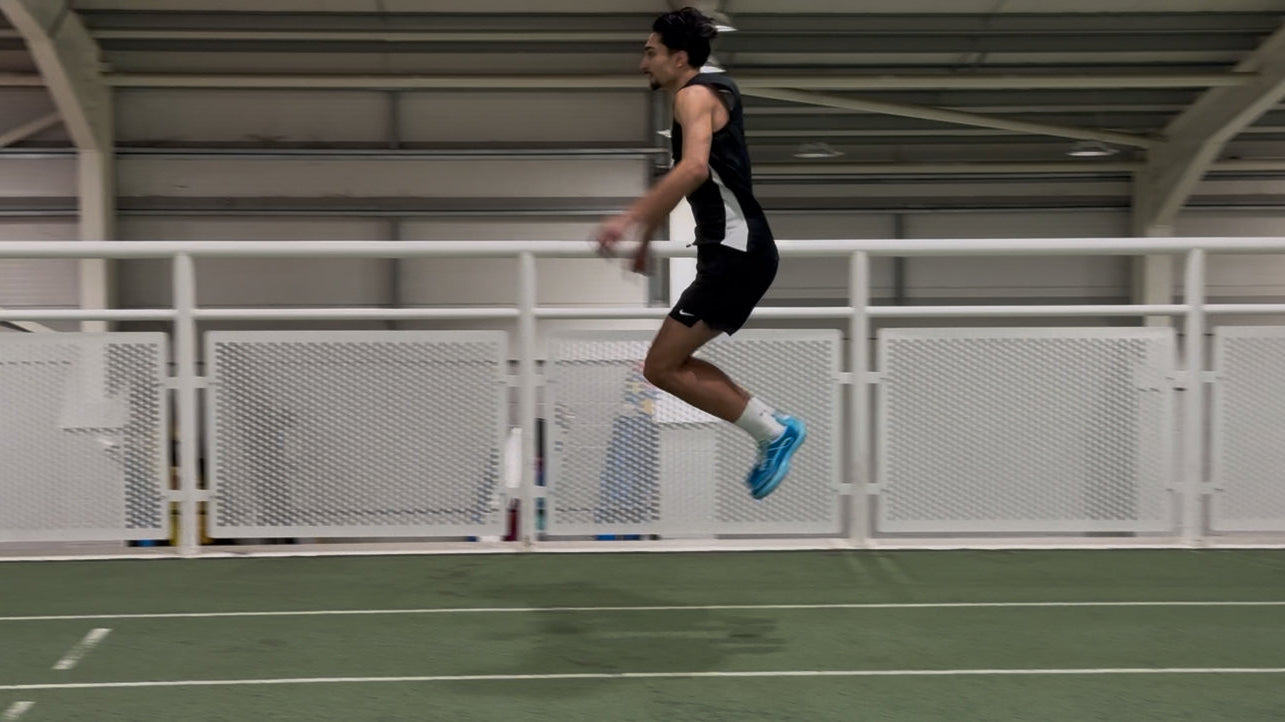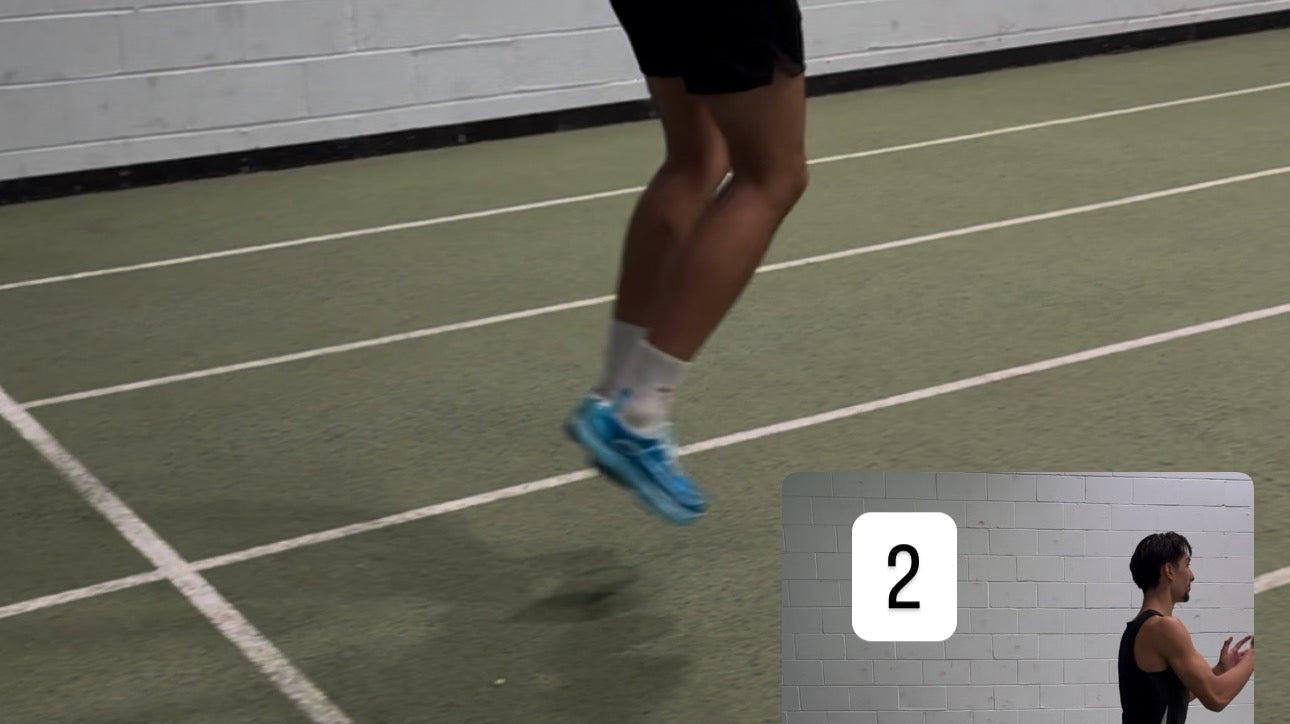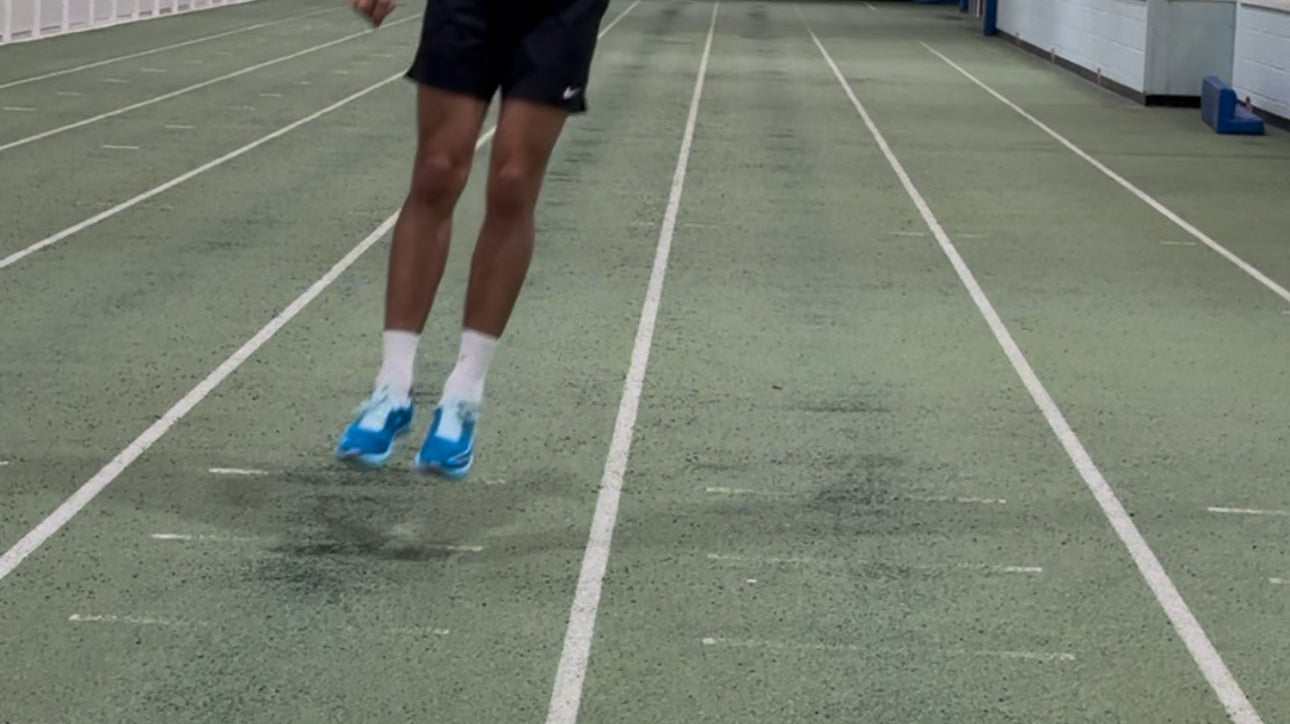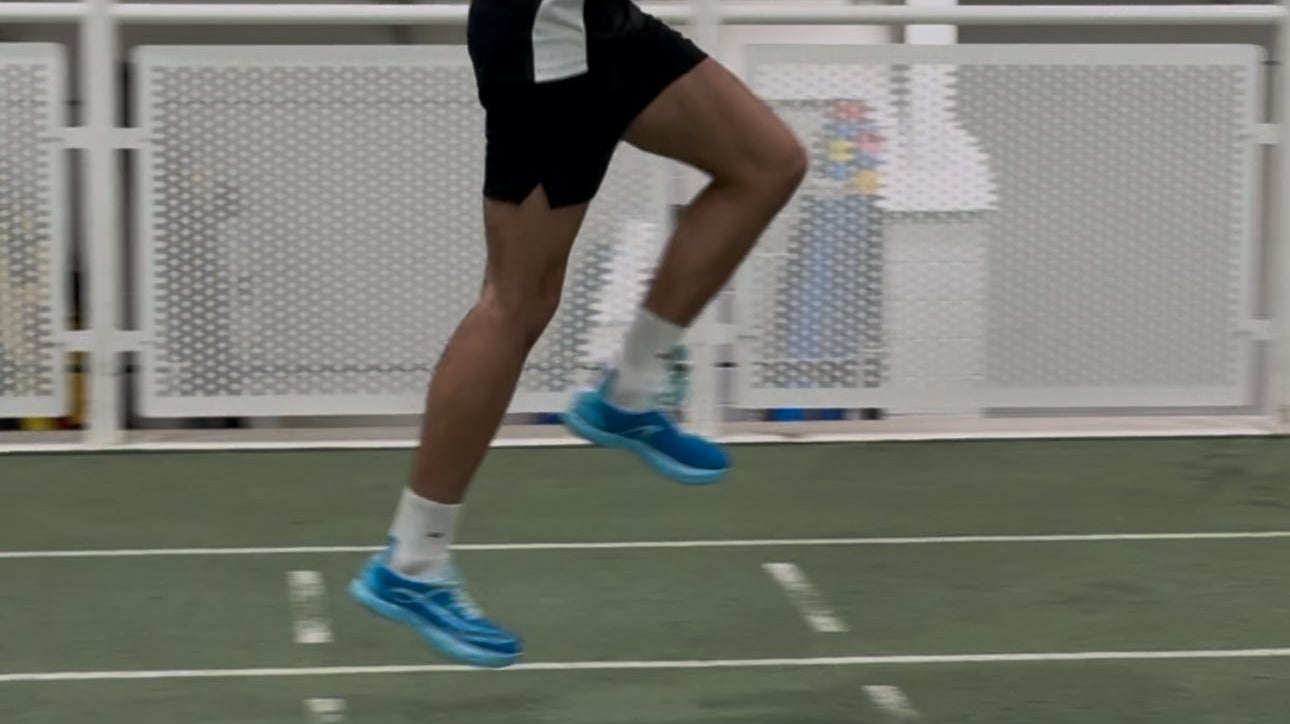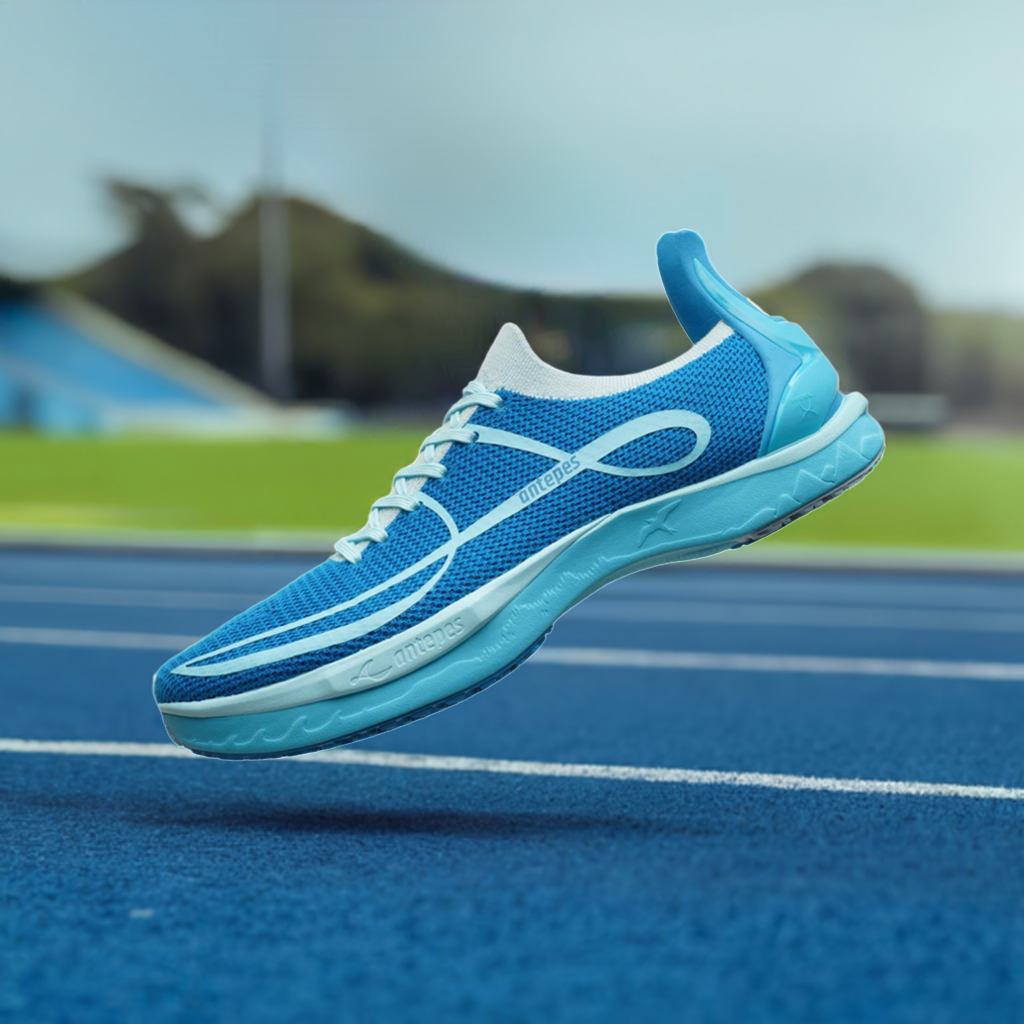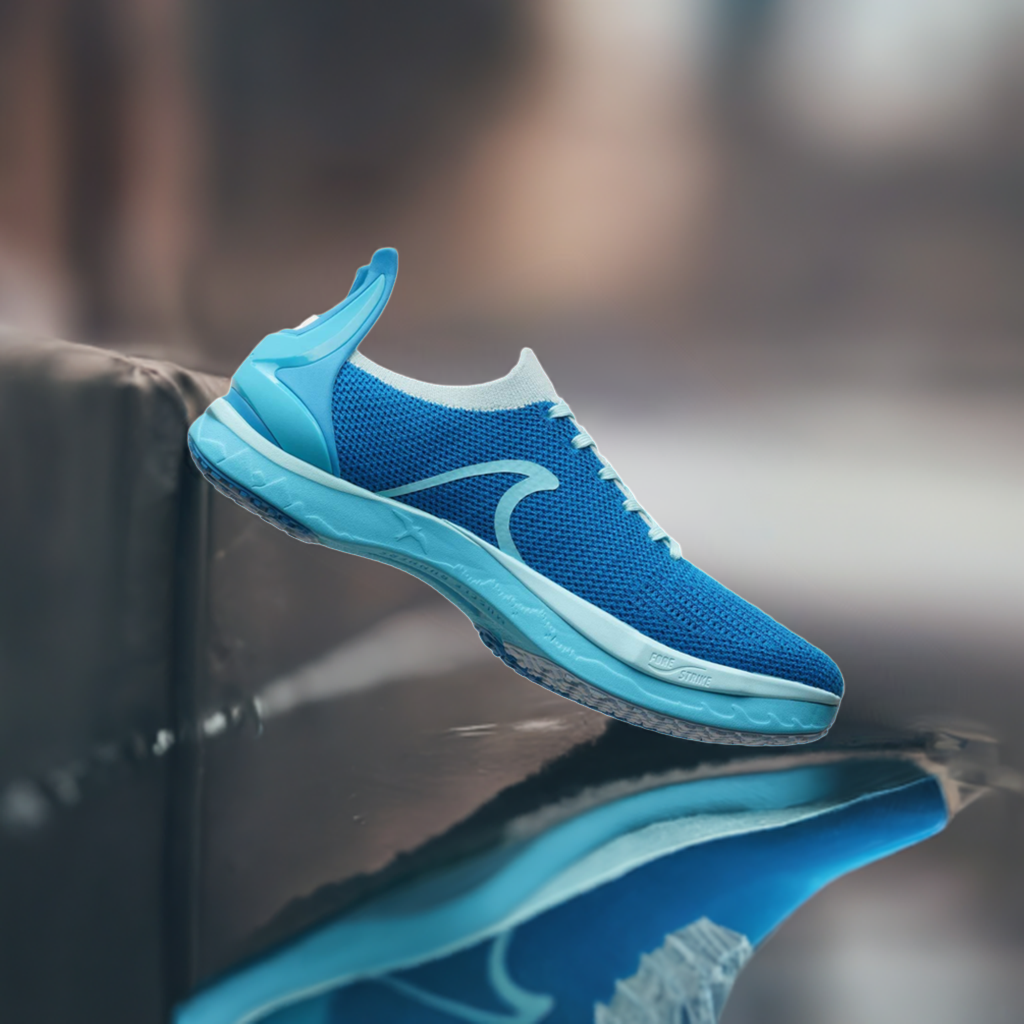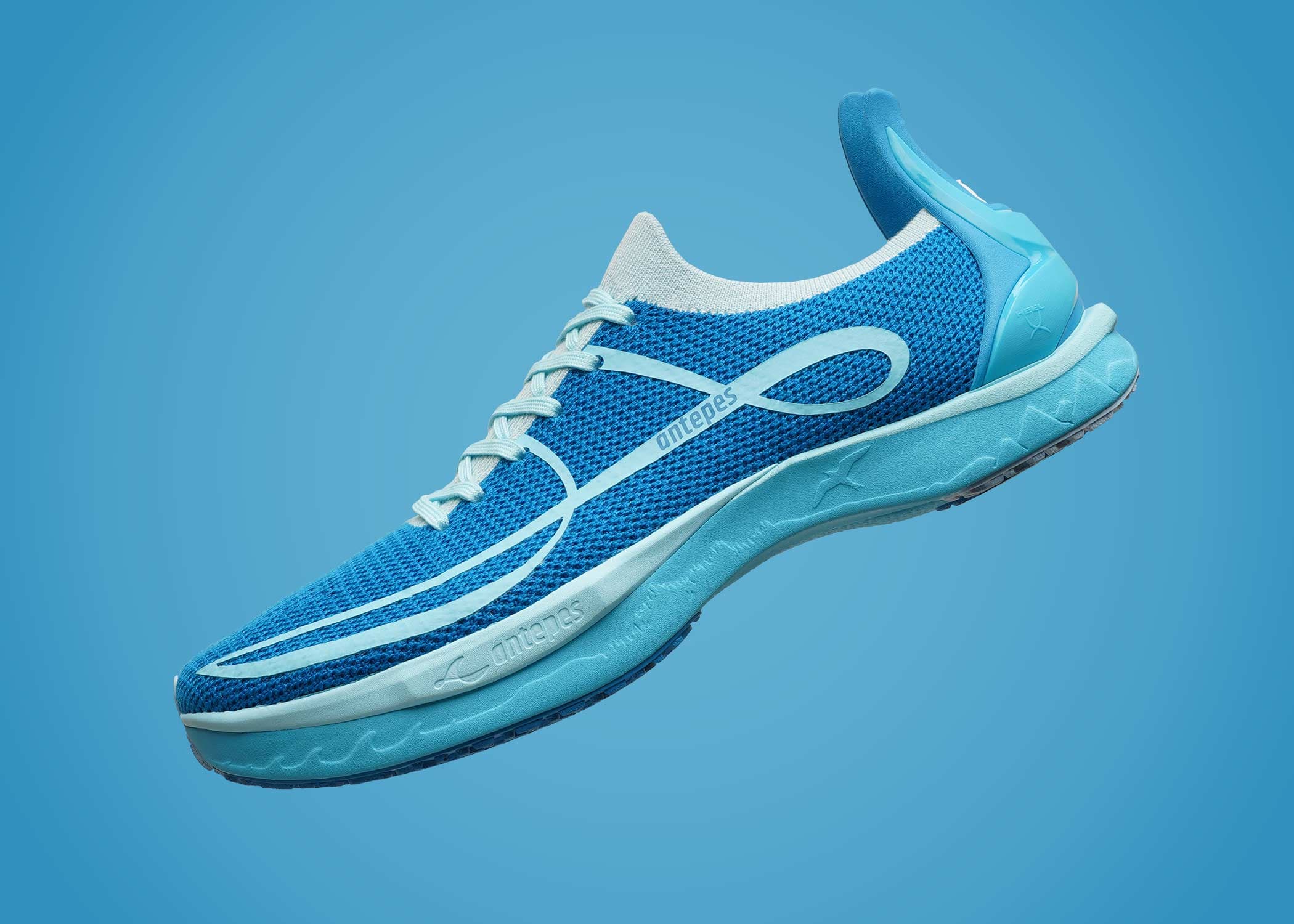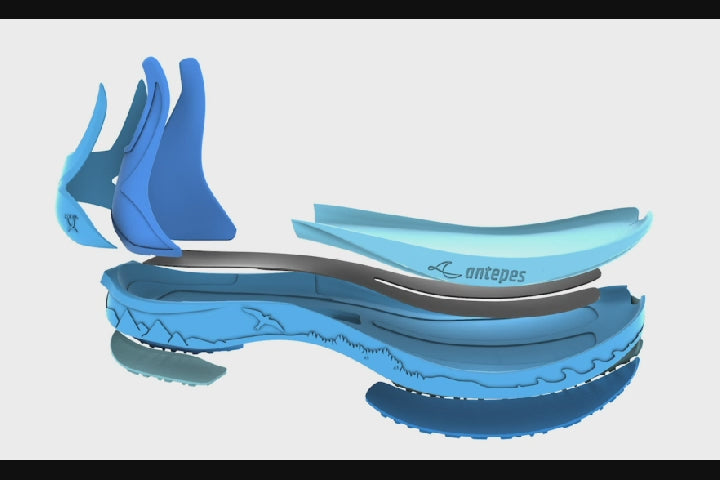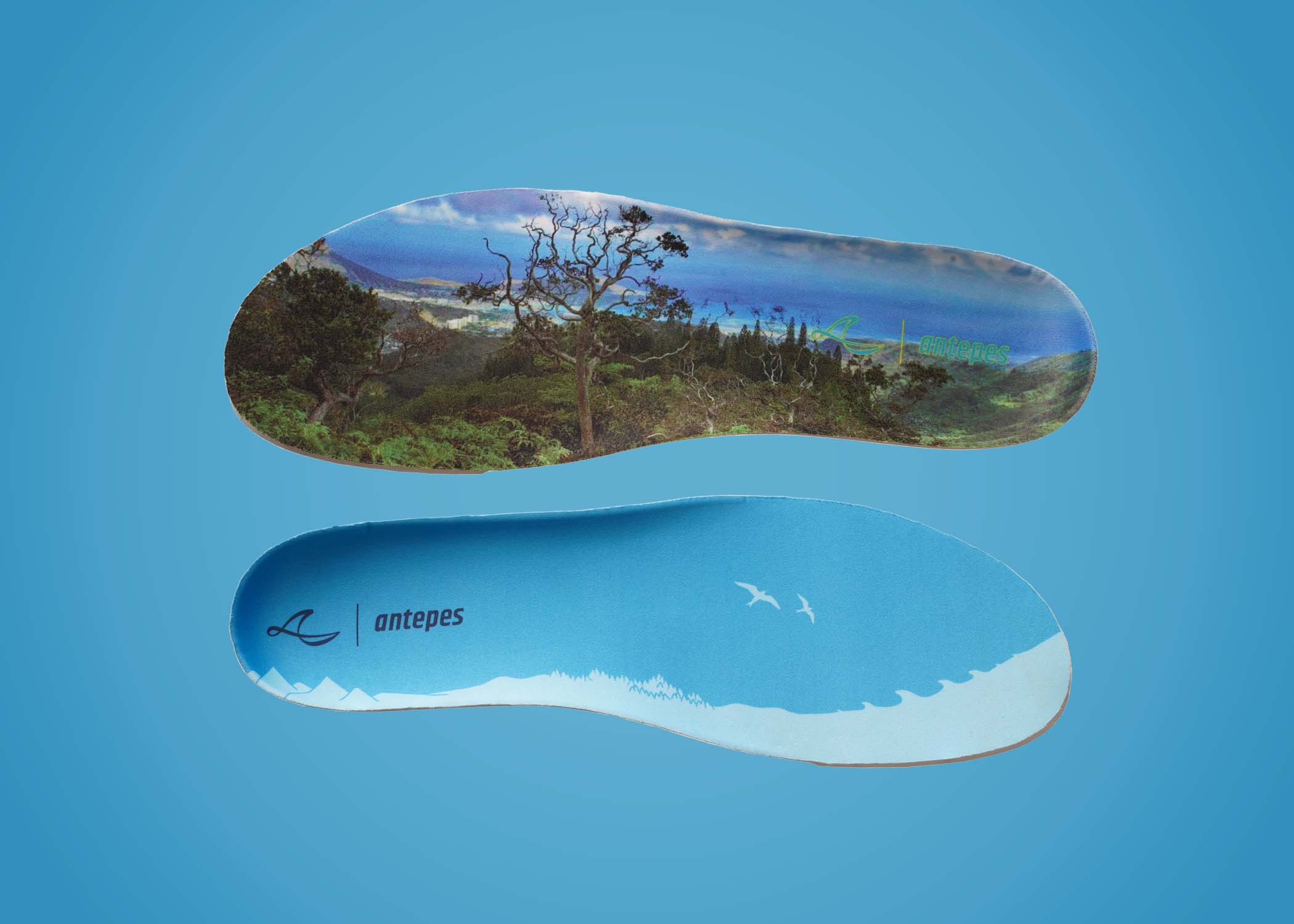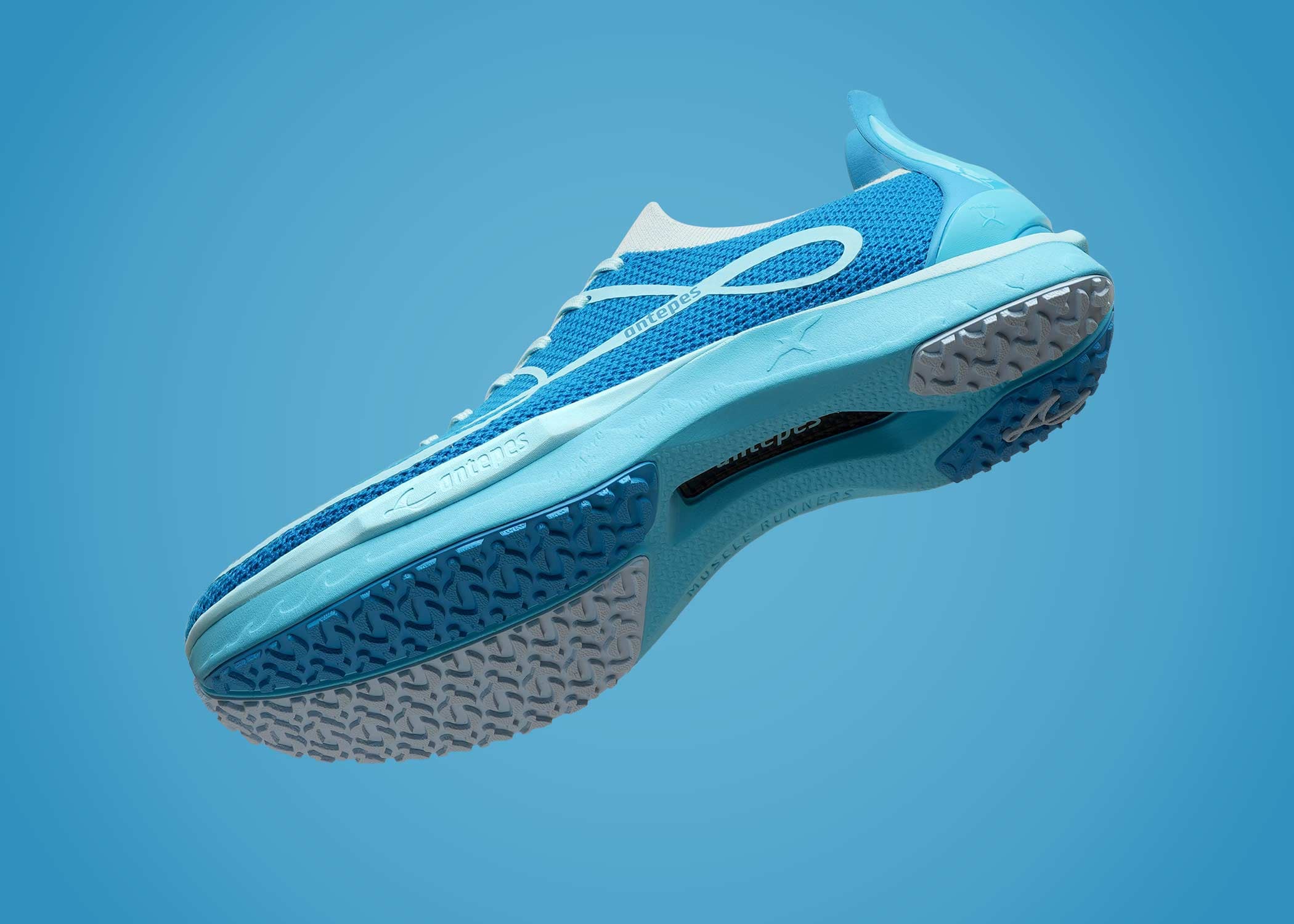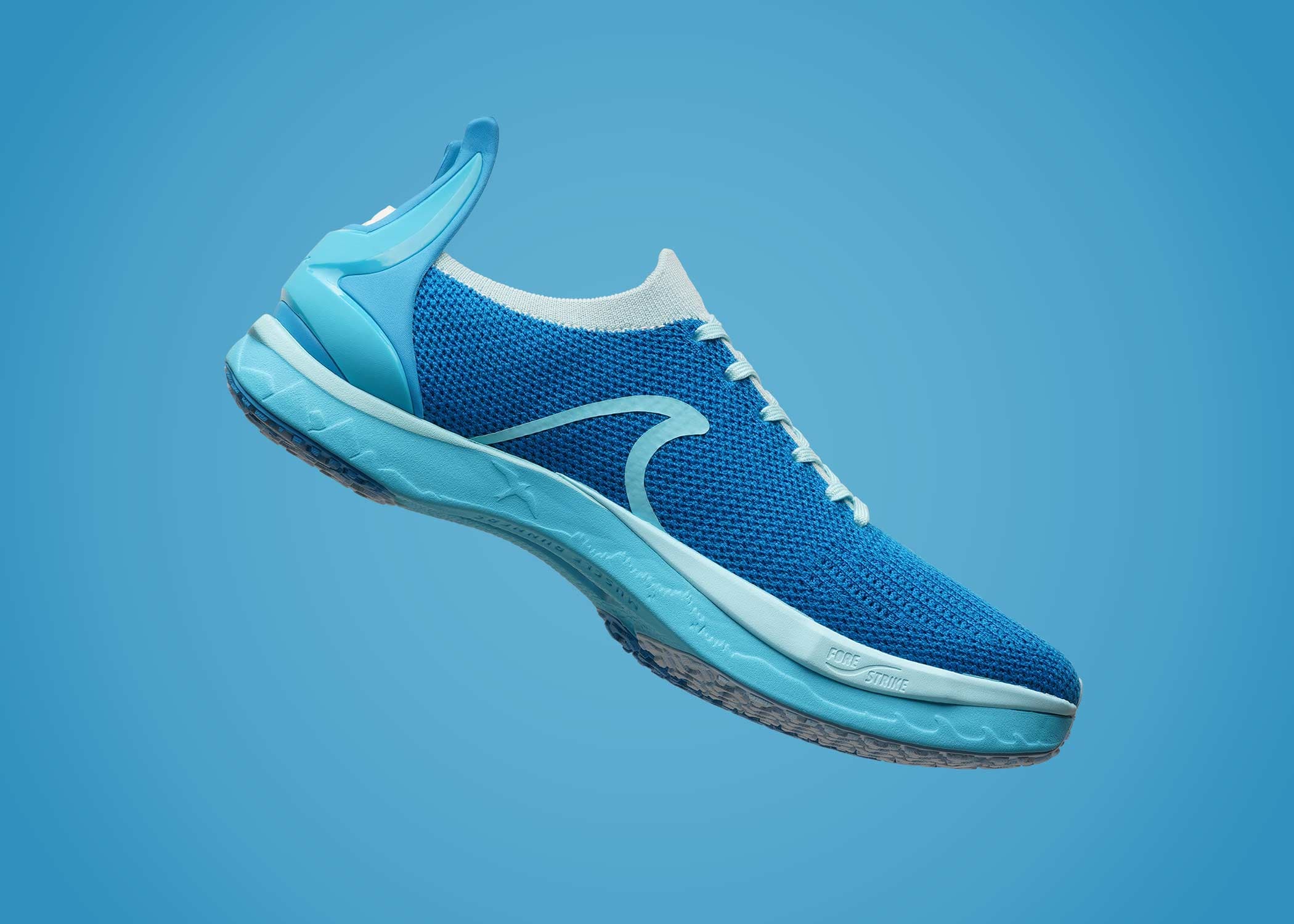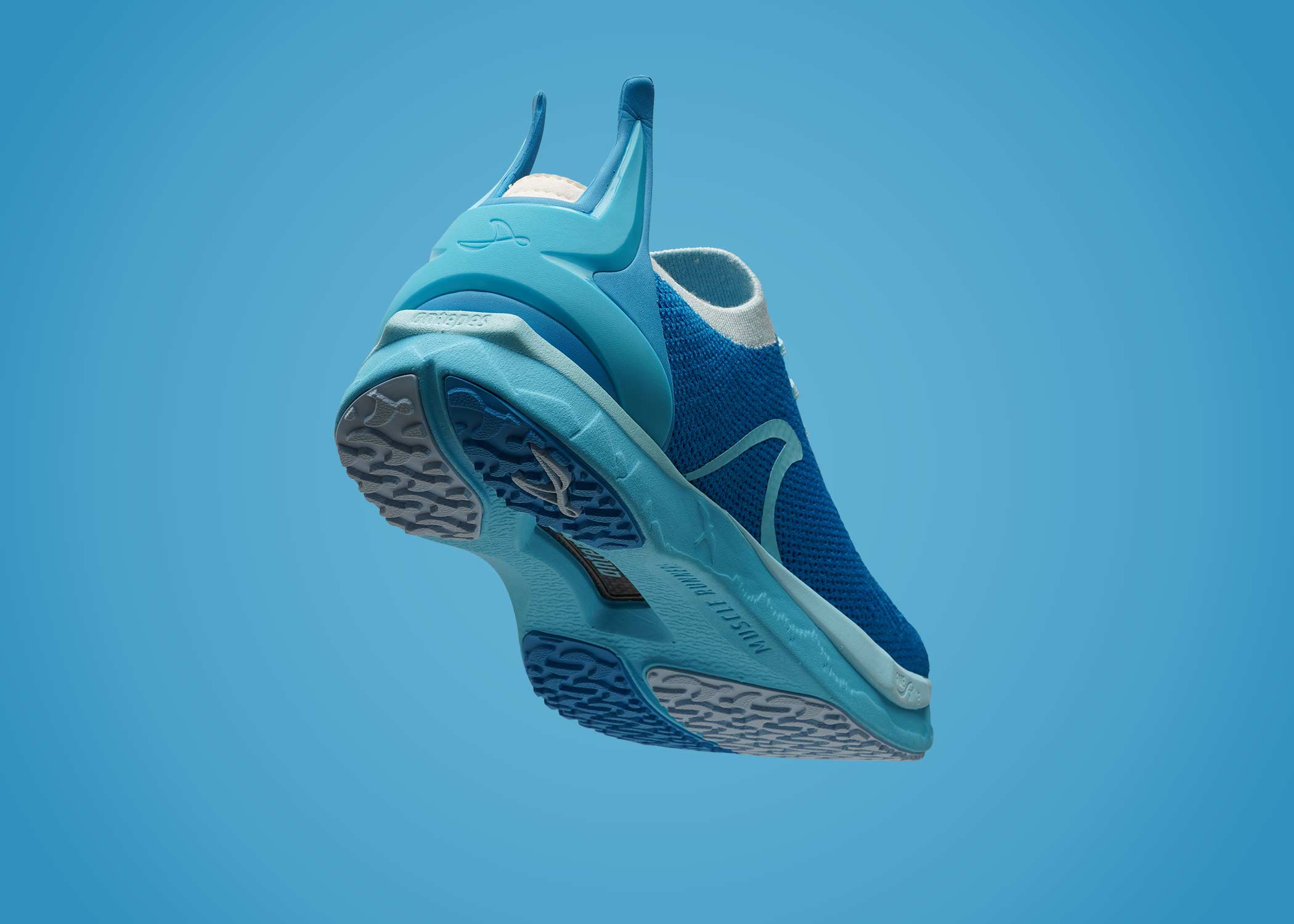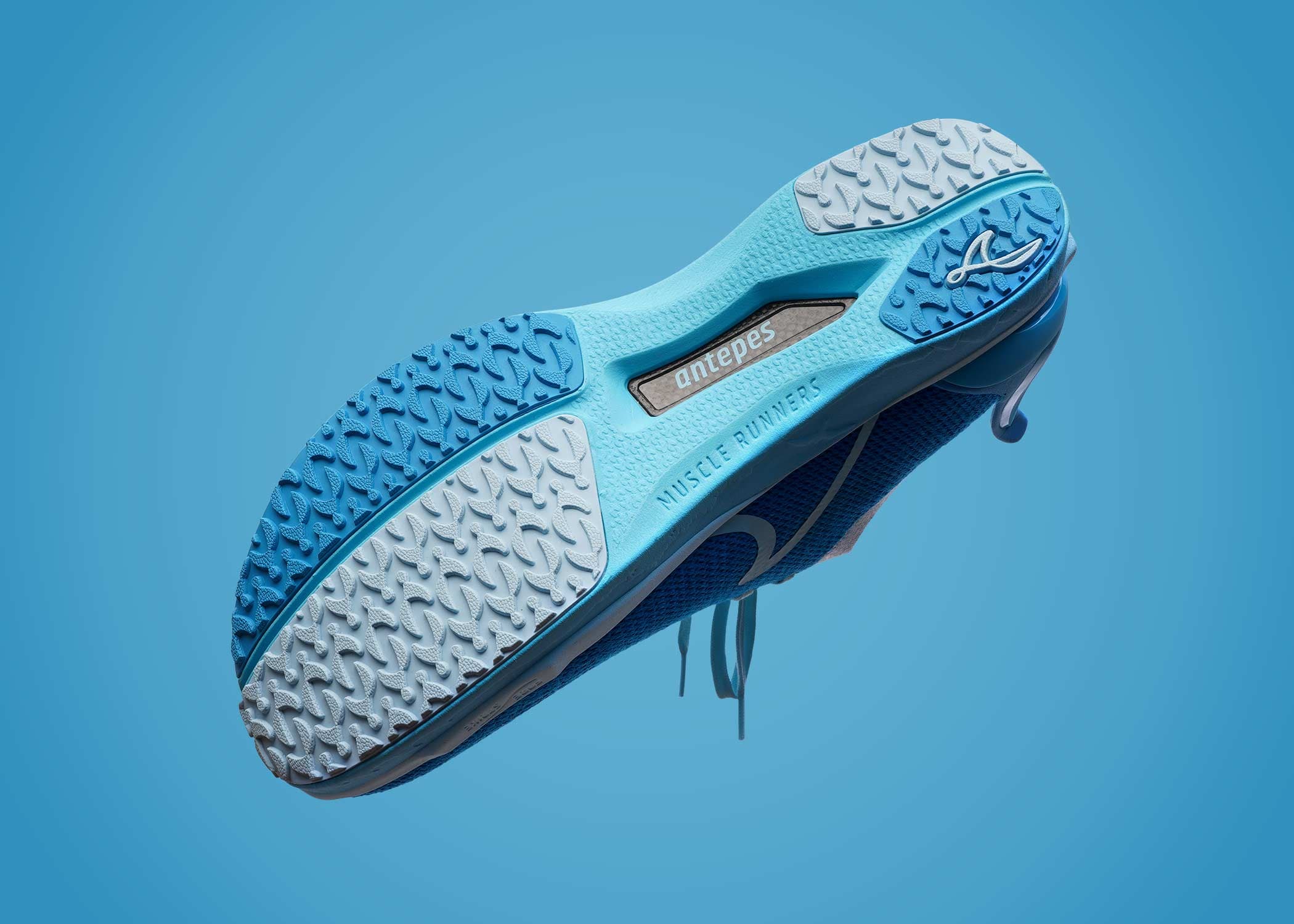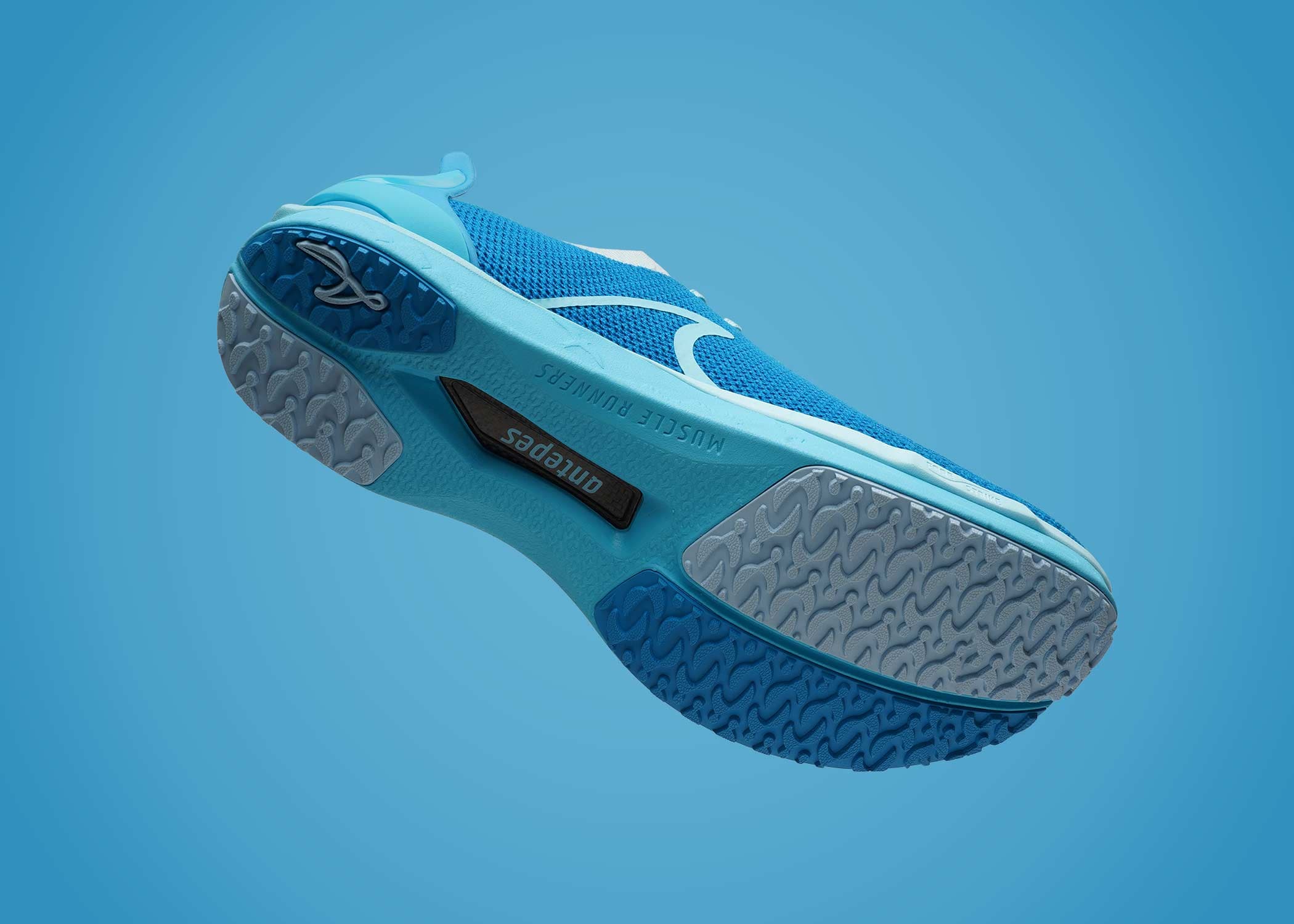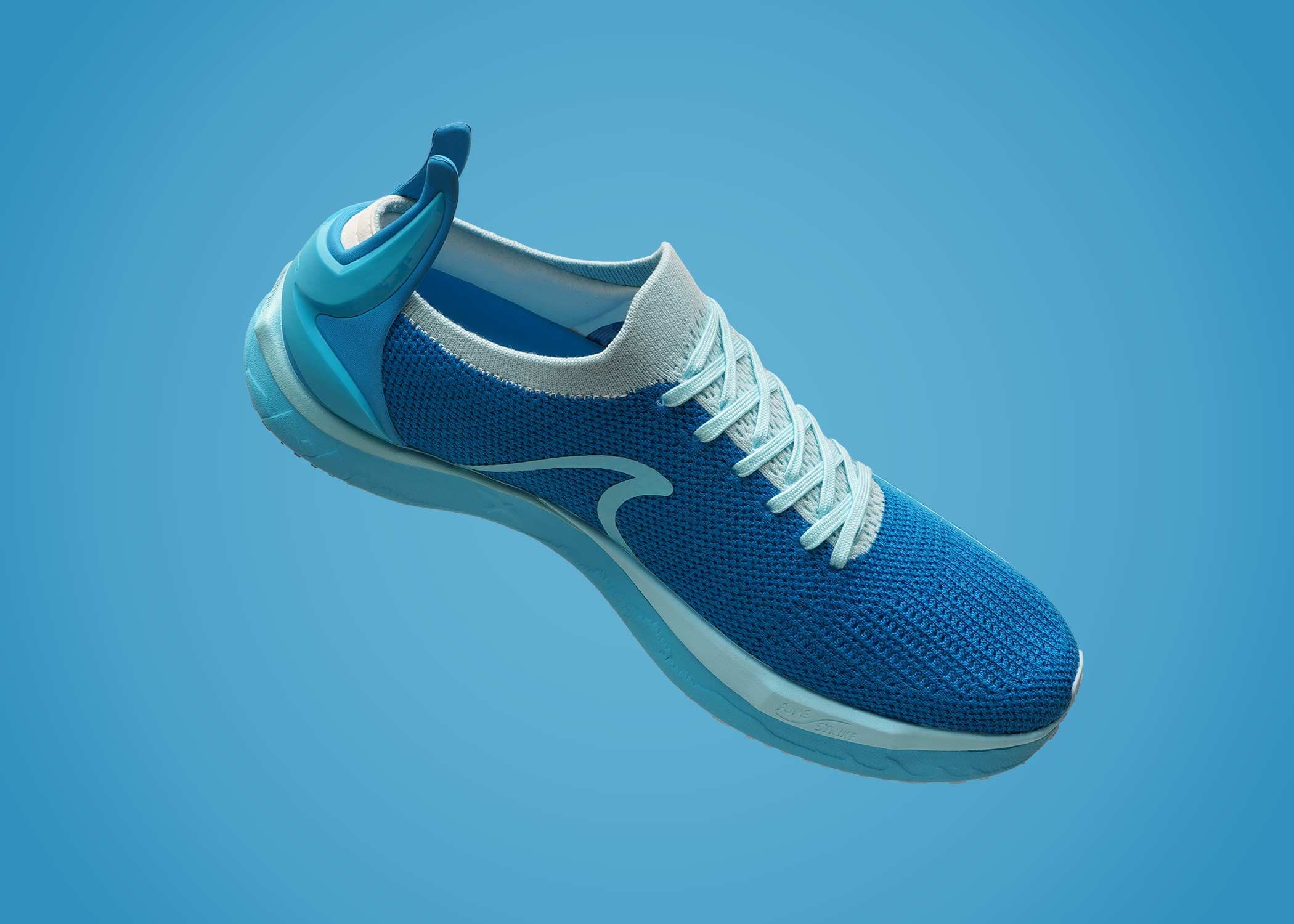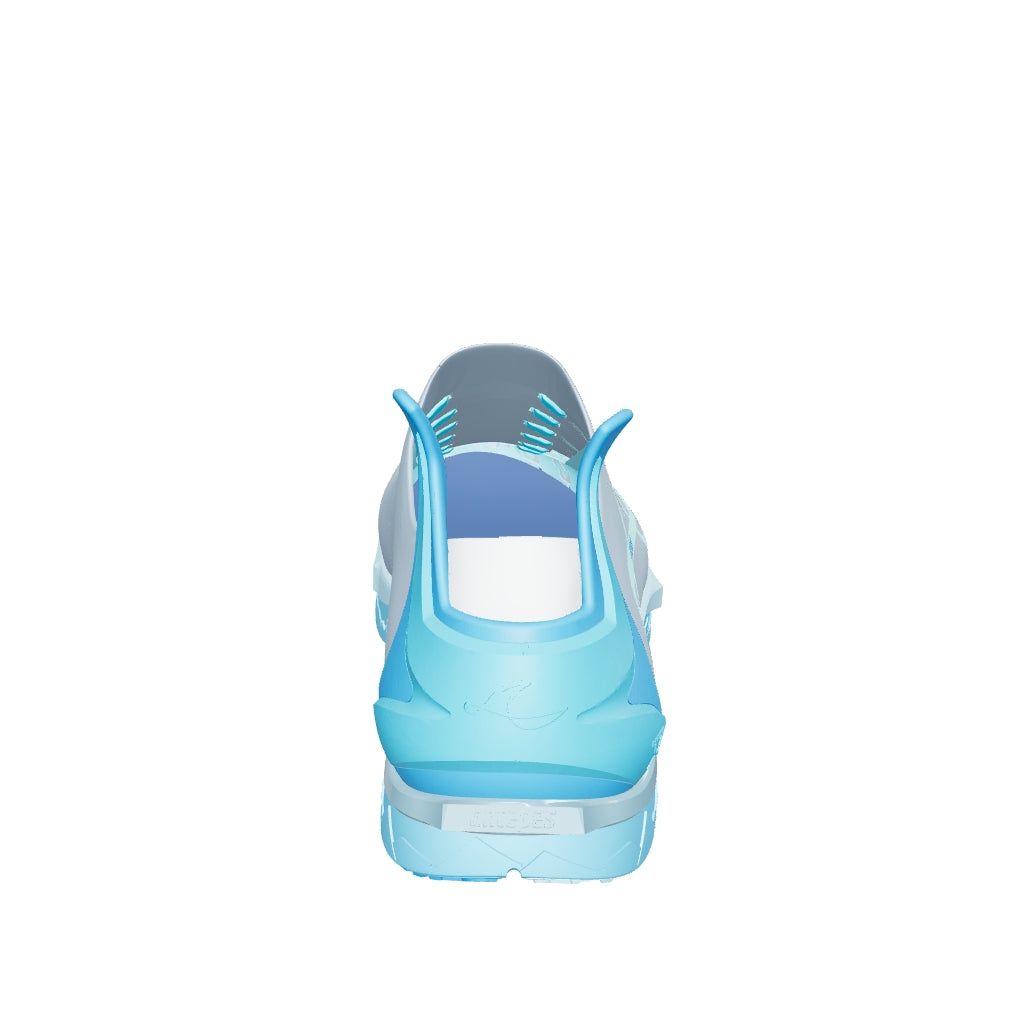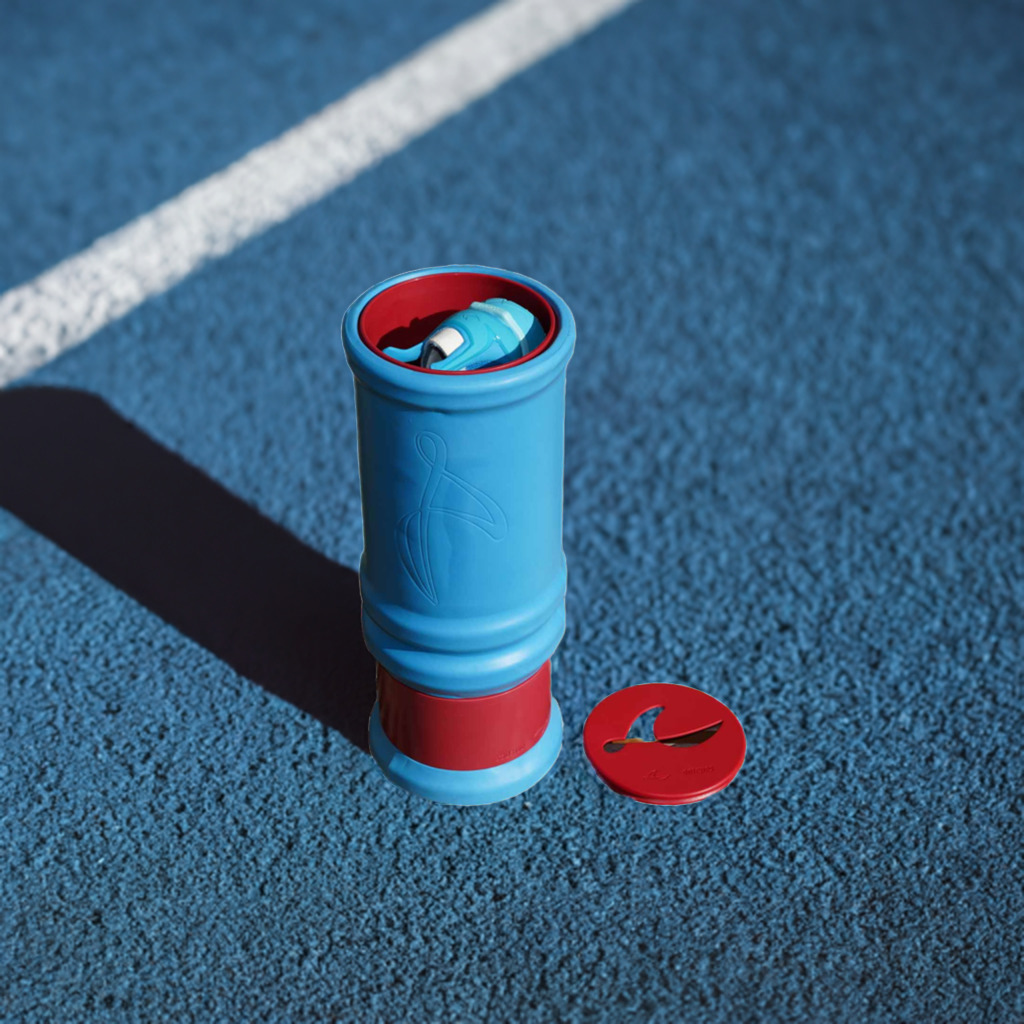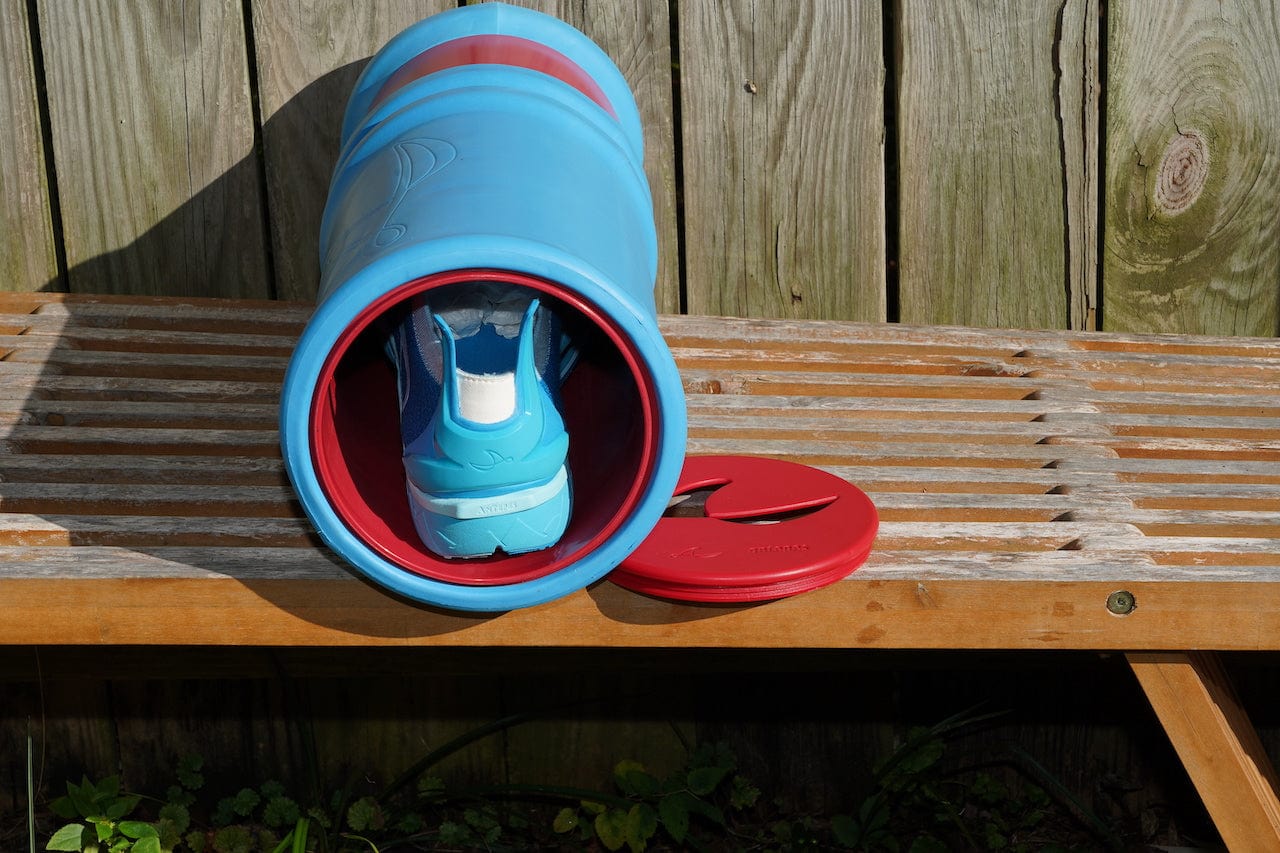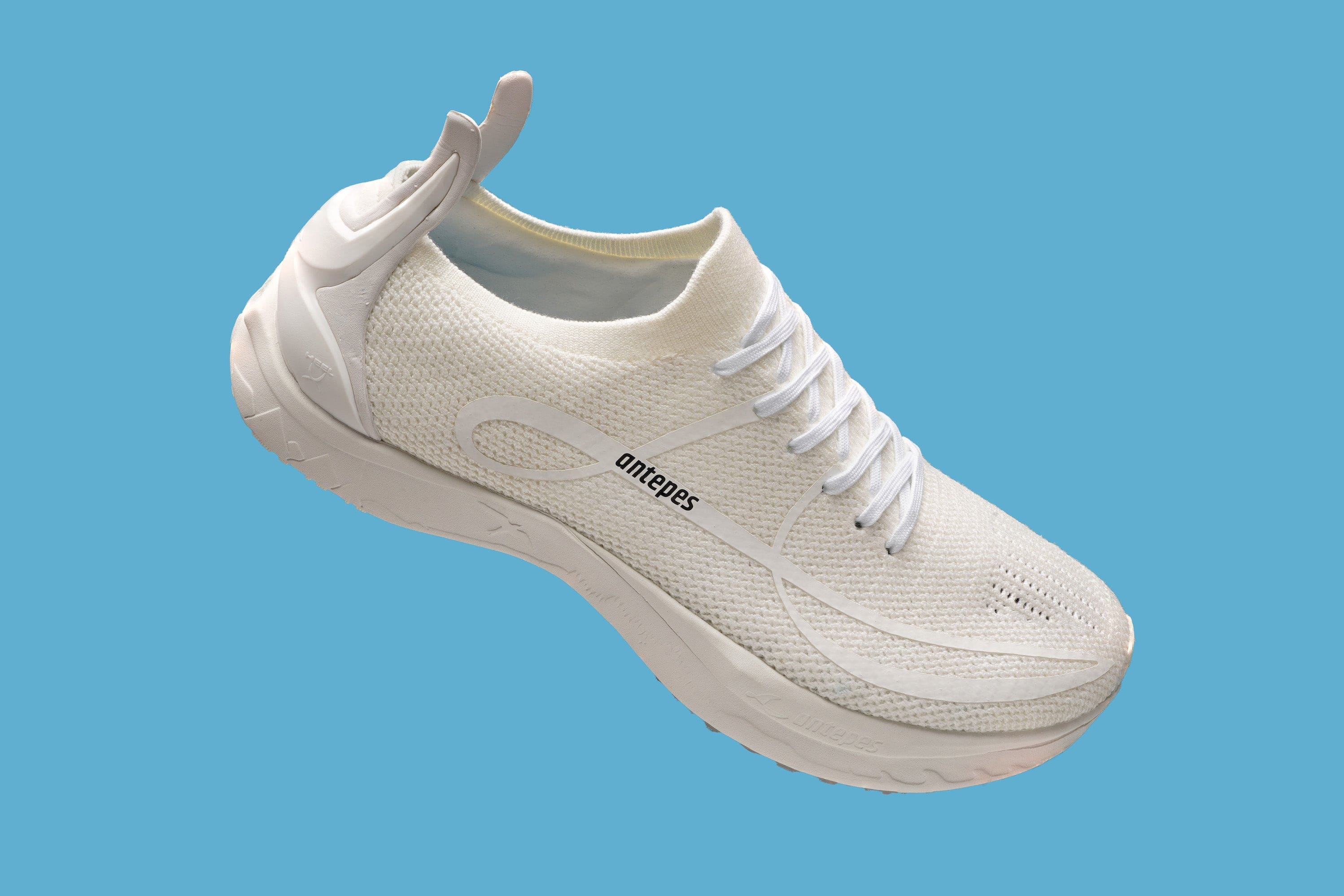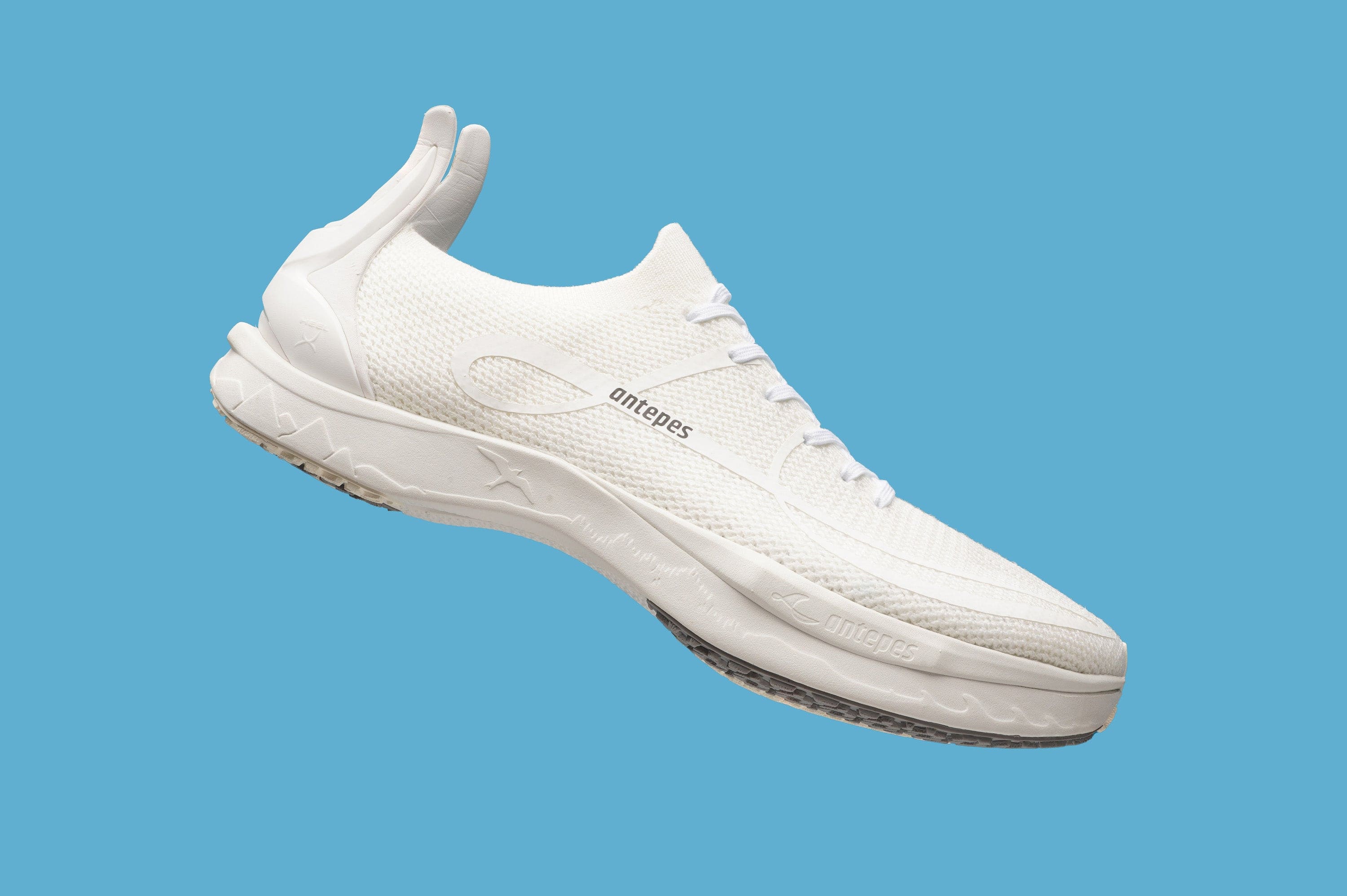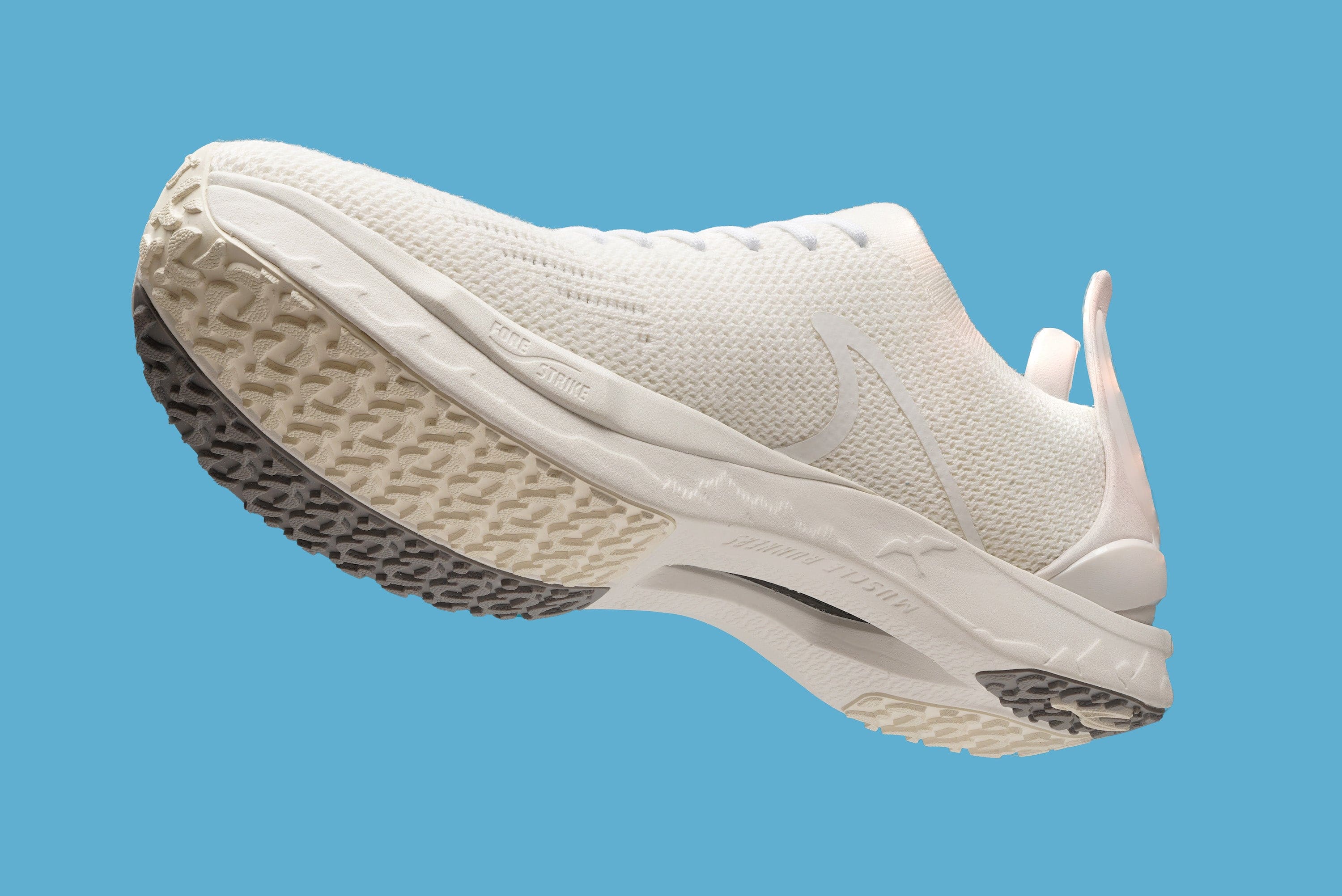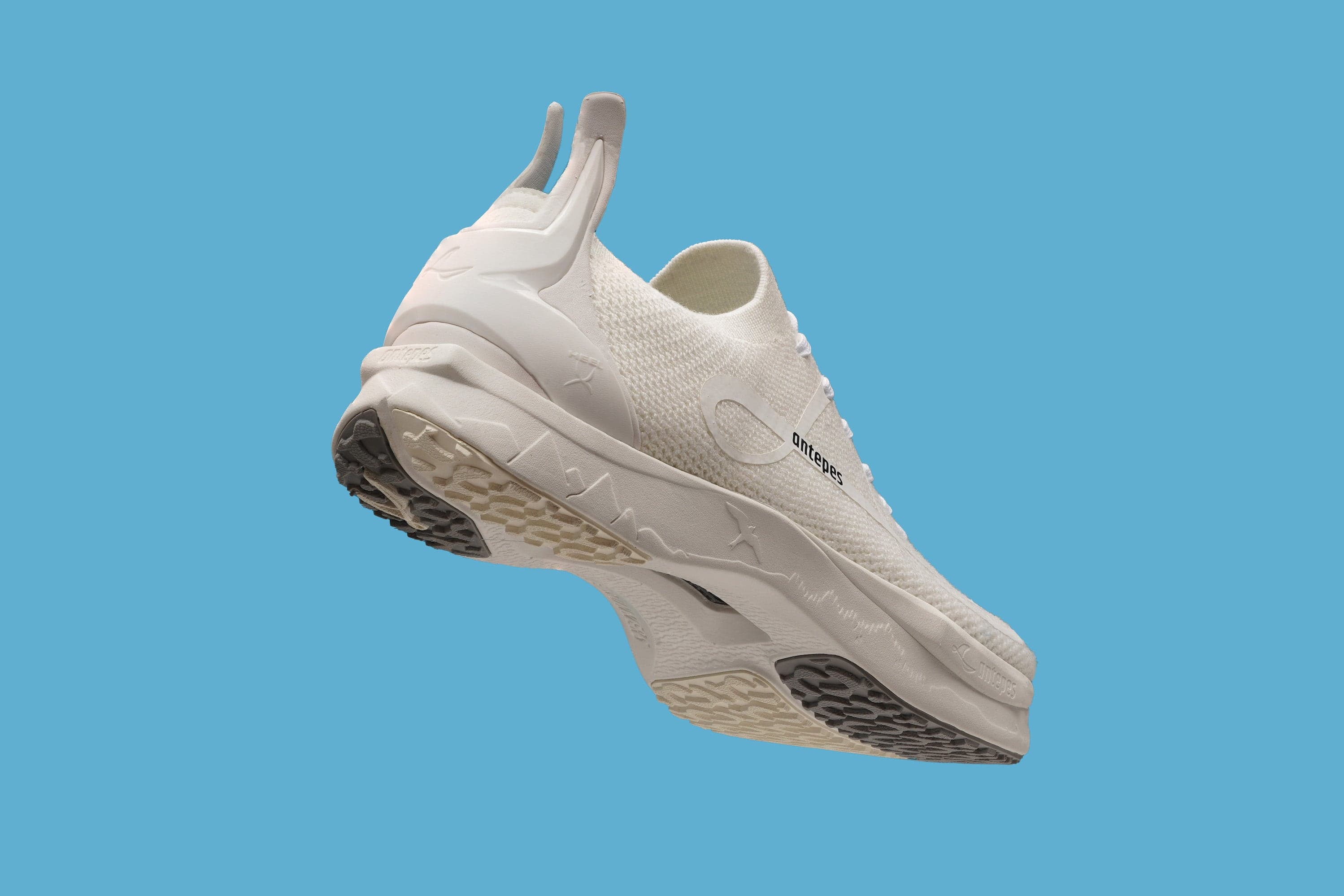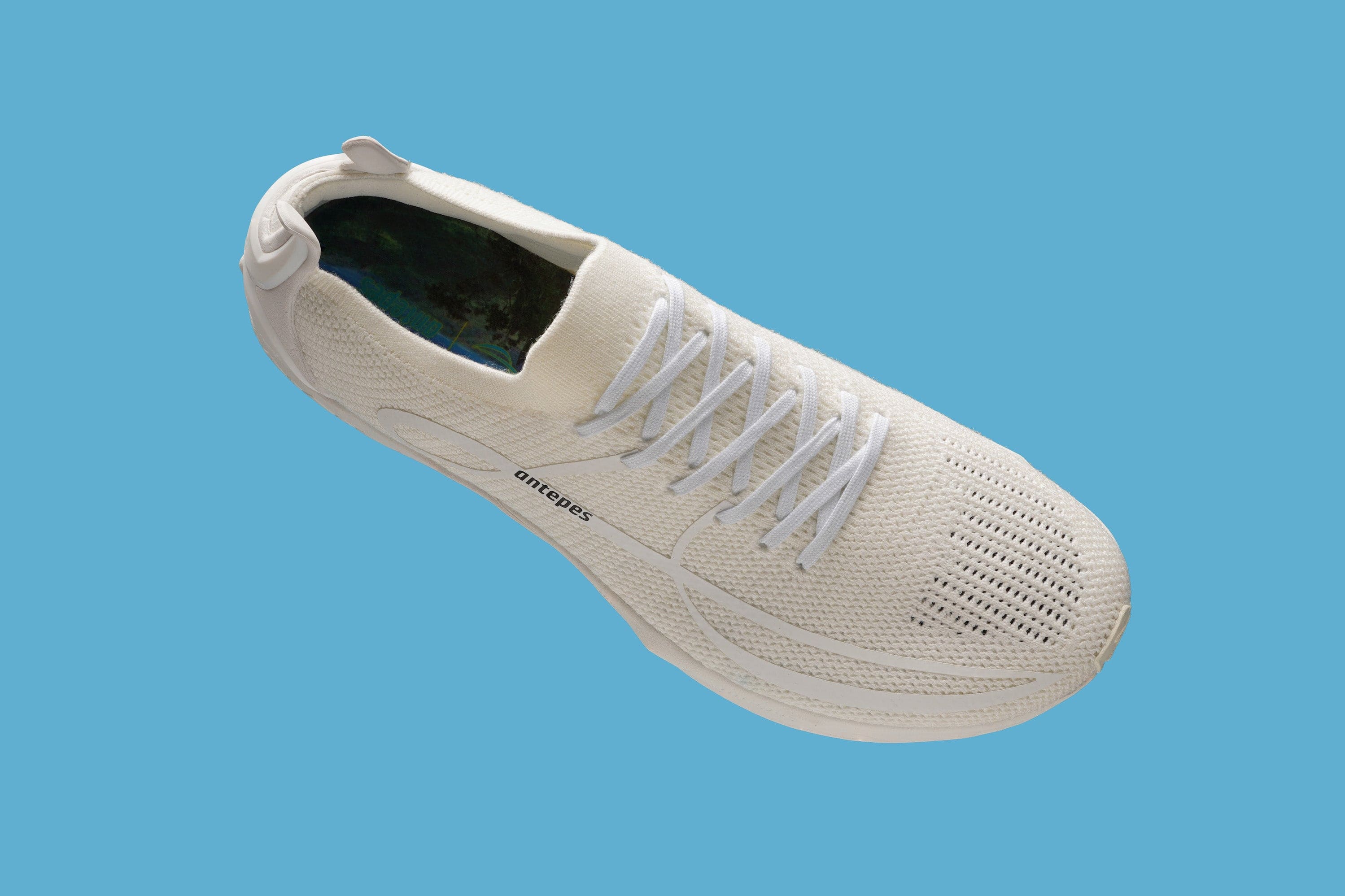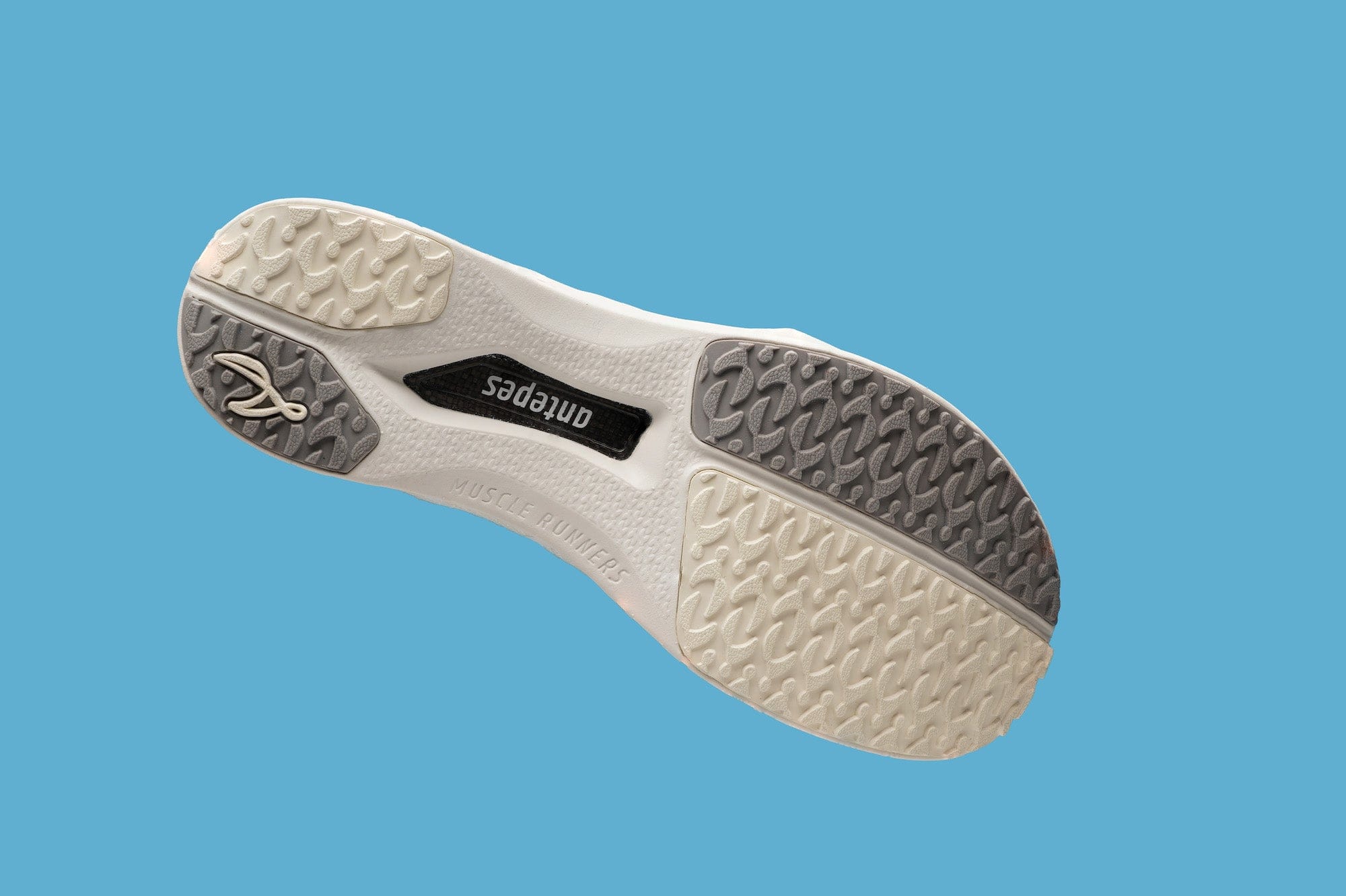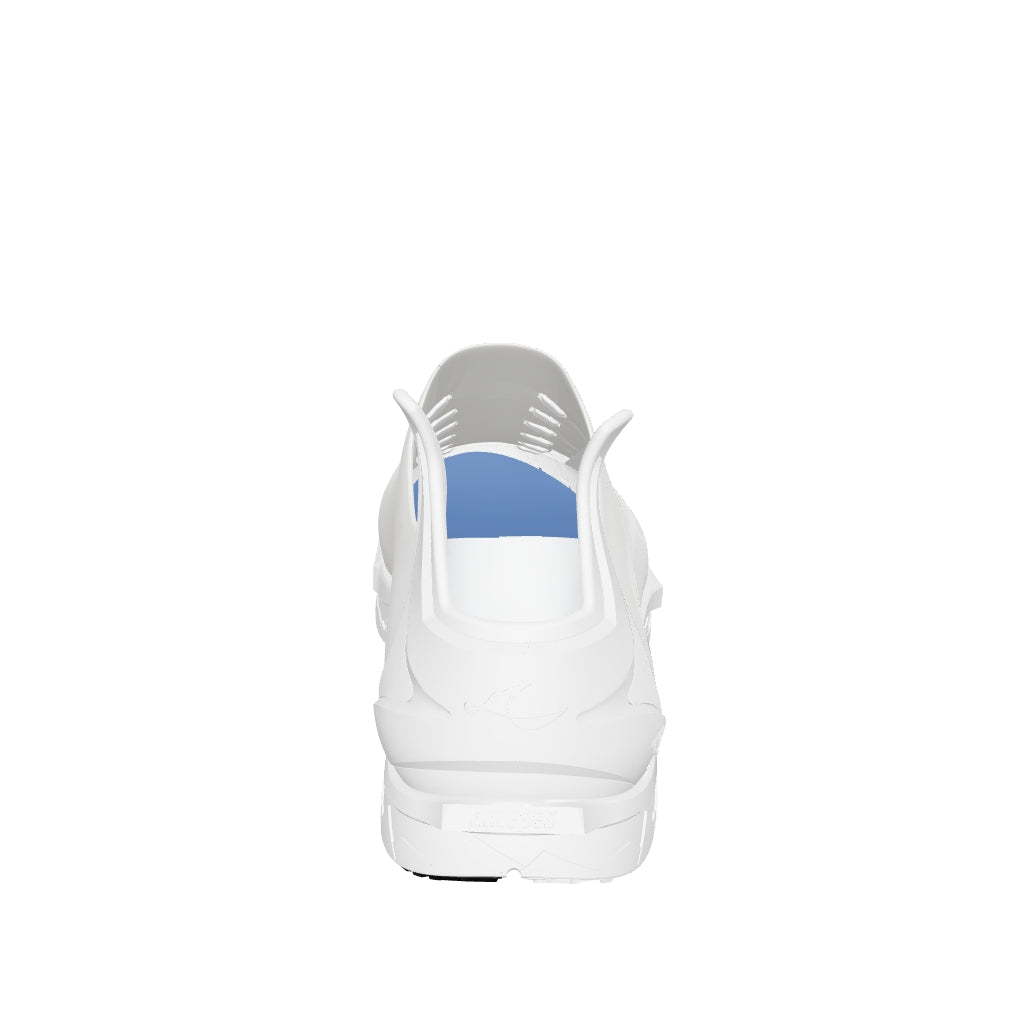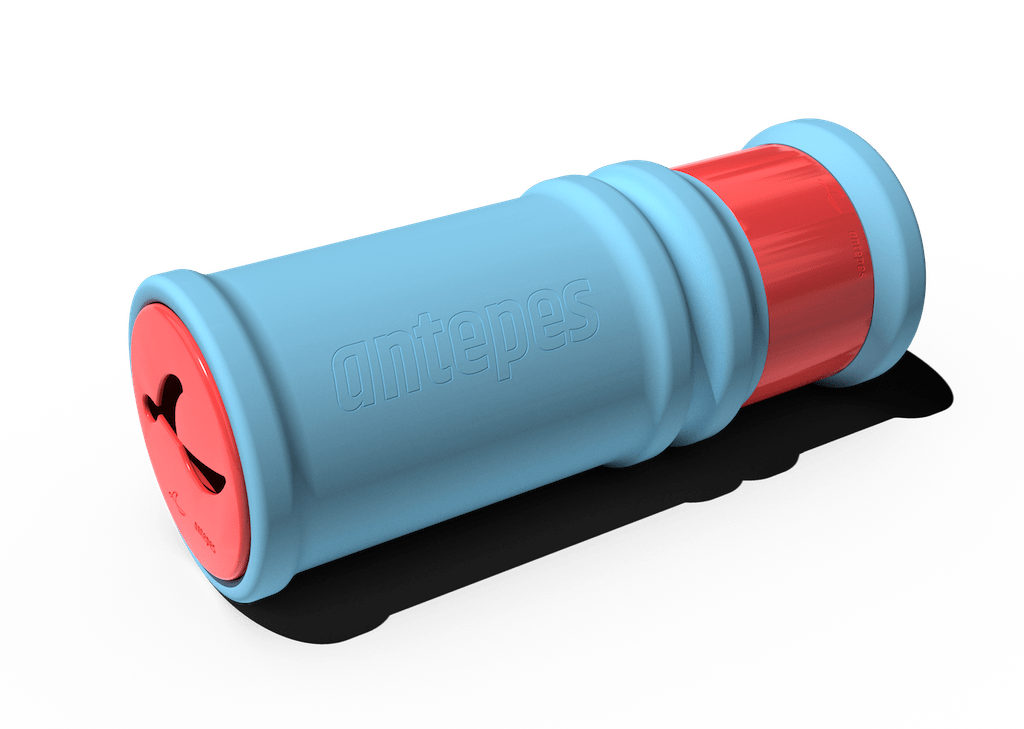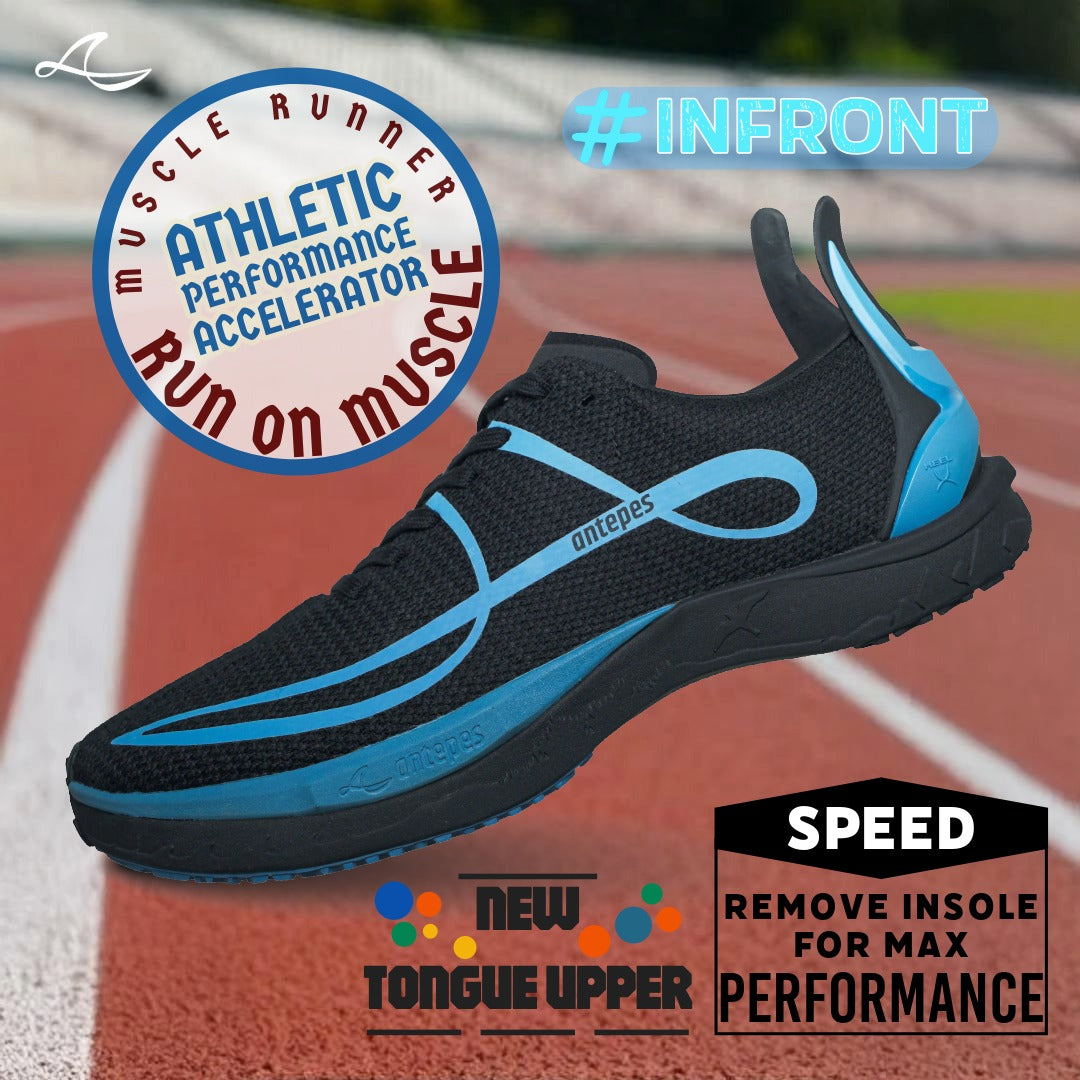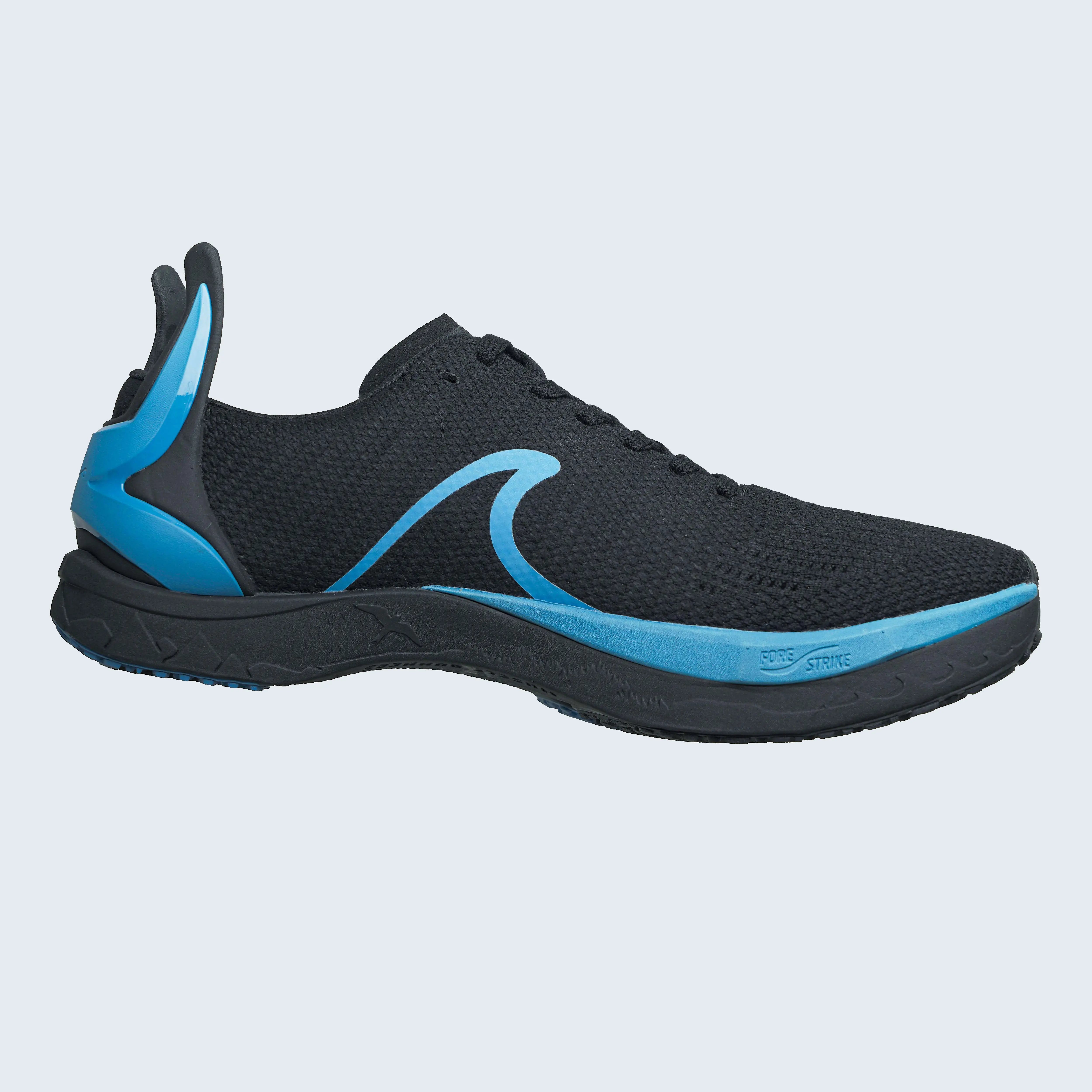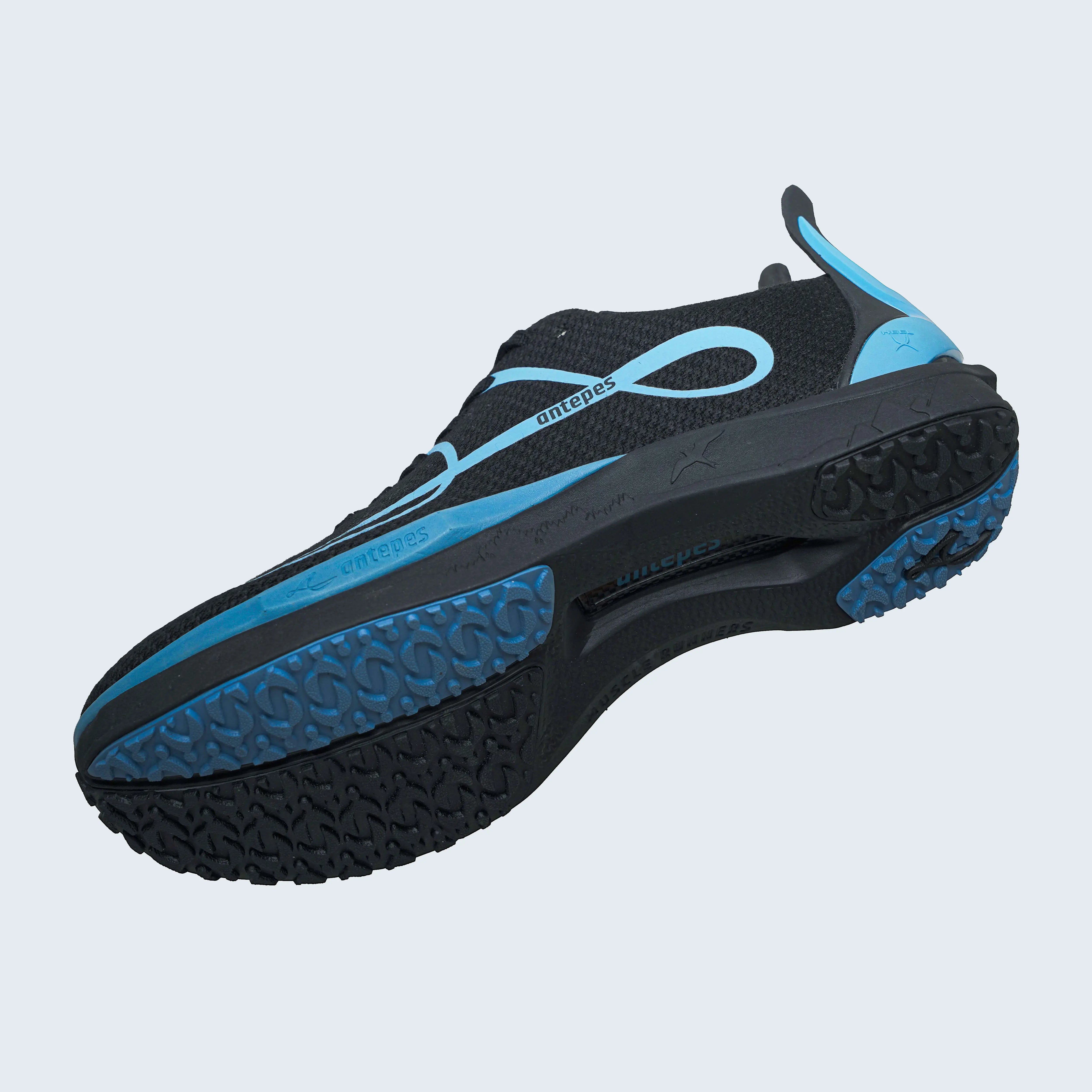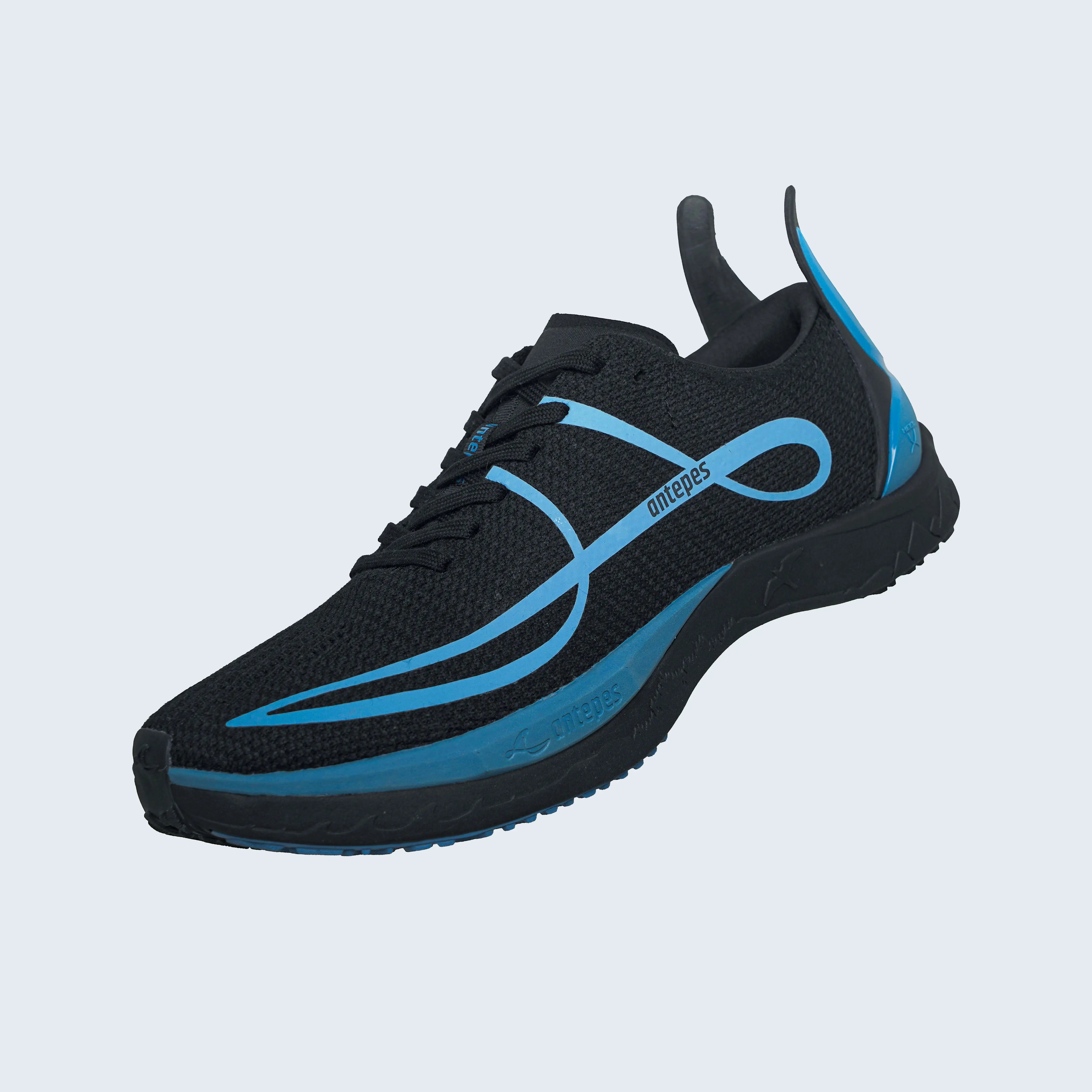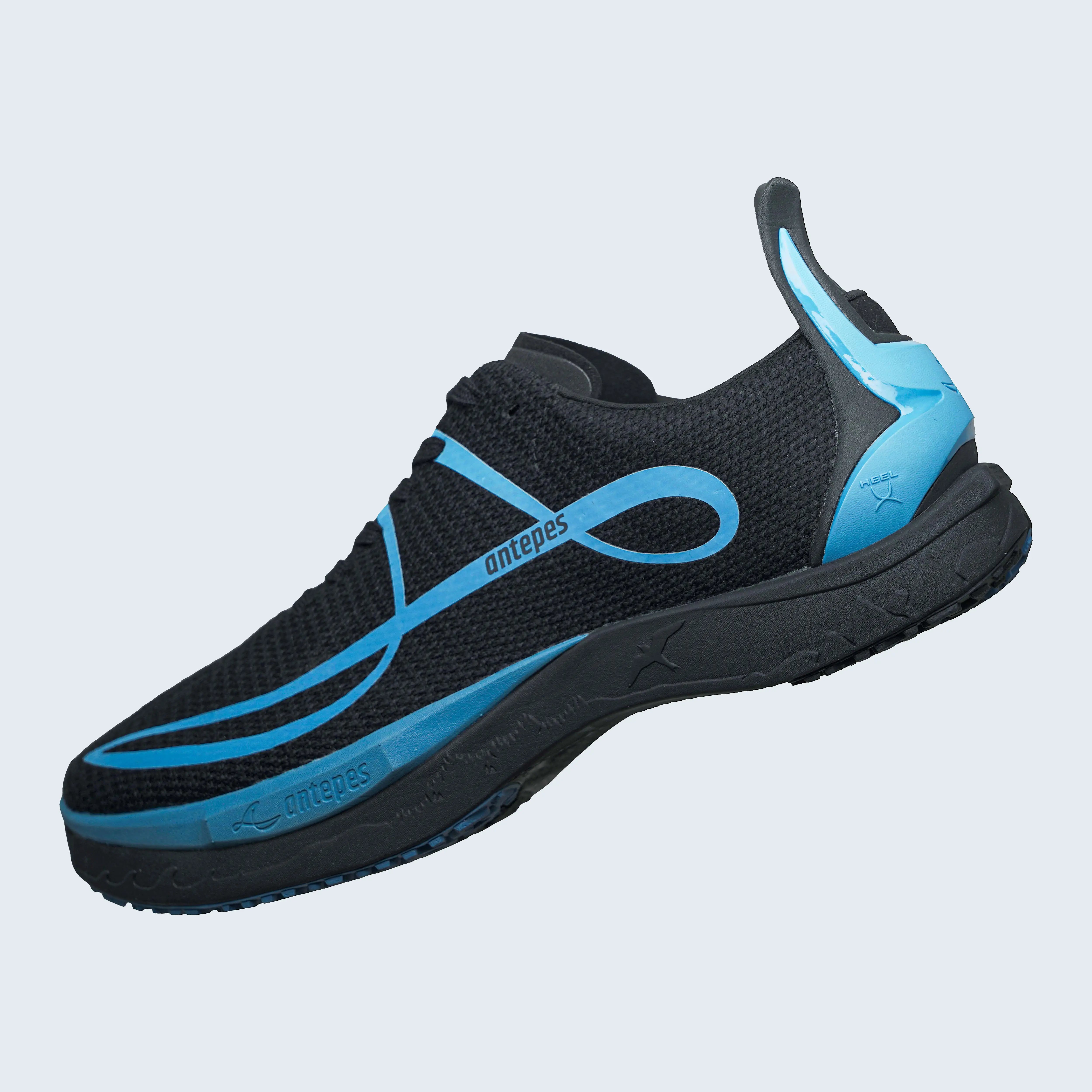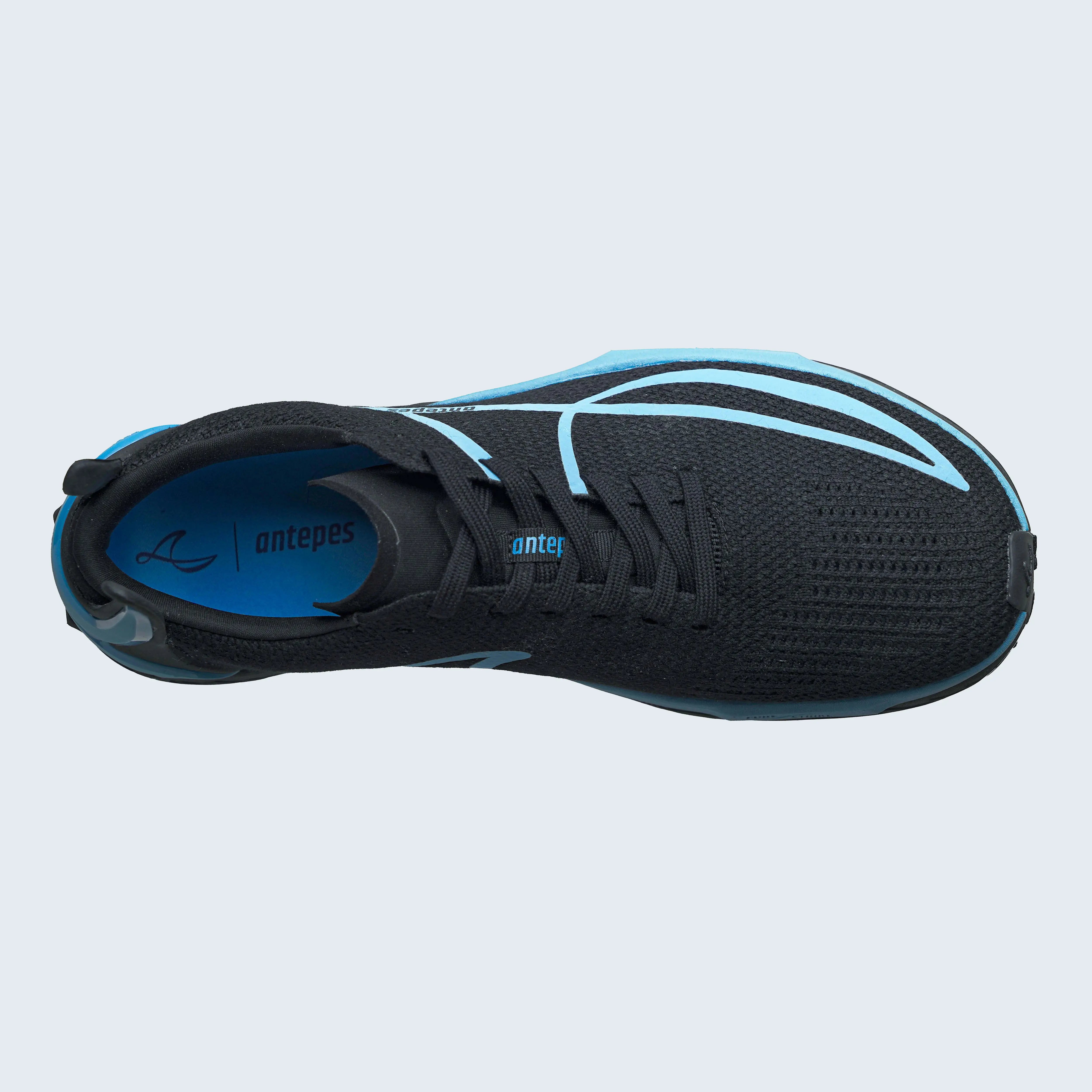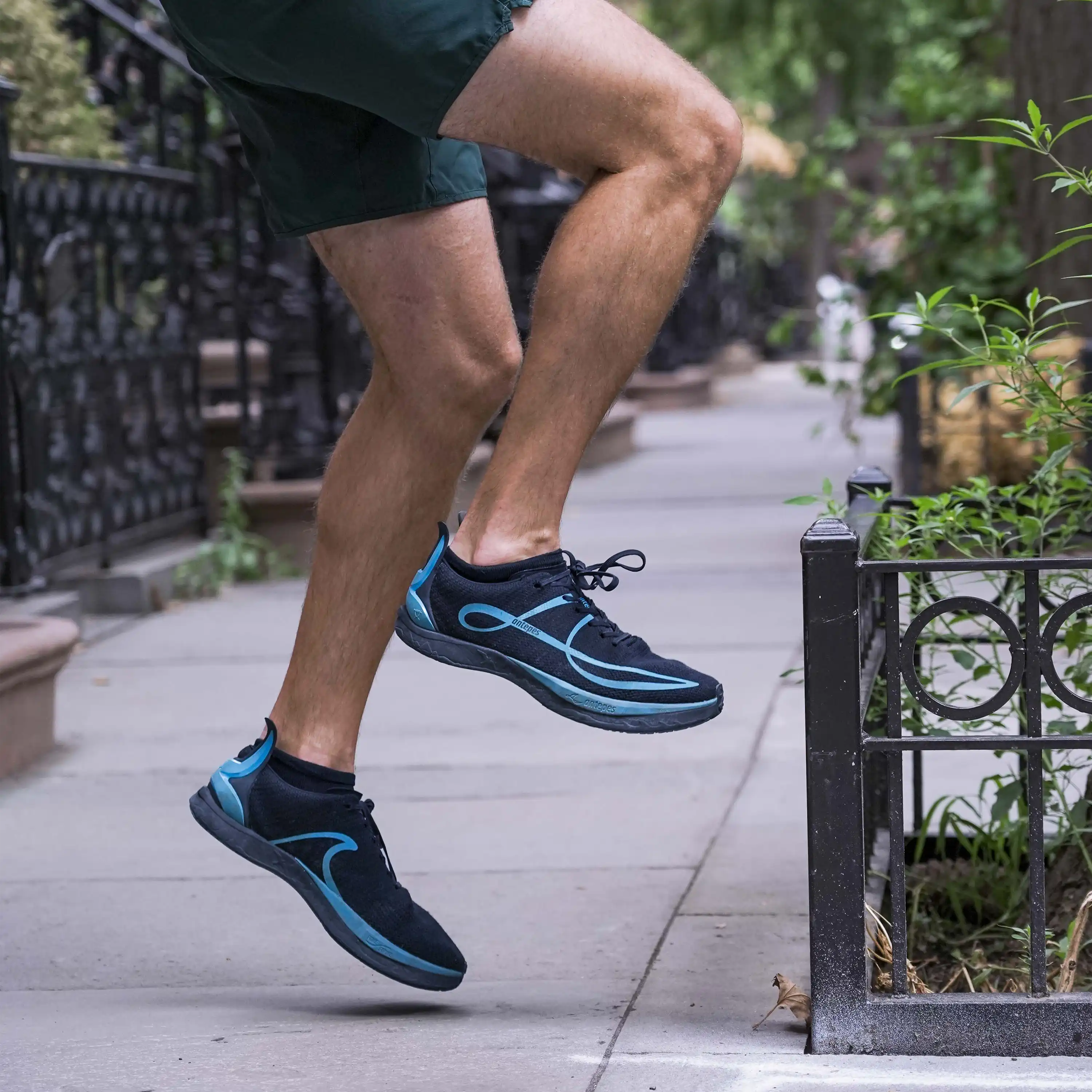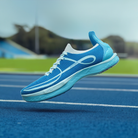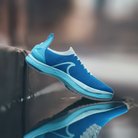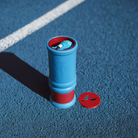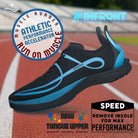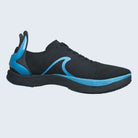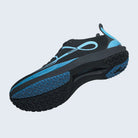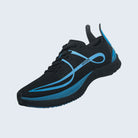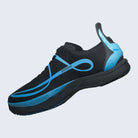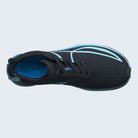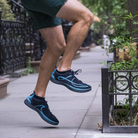Antepes Muscle Runners are the training shoe designed to specifically increase running and sprint speed. To achieve these goals they are packed full of numerous innovative features – including a forefoot carbon plate and heel-to-toe cushioning gain. These and other speed promoting features make Antepes Muscle Runners closer to track spikes than contemporary running shoes. Numerous athletes are finding out just how fast these dynamic speed shoes can make them. Elite coaches are also seeing first-hand how useful Muscle Runners are for speed development. Recent sports science has also backed the sprint shoe’s positive contributions to speed objectively. So, let’s delve into the world of Muscle Runners and answer many of the questions you may have.

What are the best running shoes for sprinting? Are Muscle Runners designed for a specific speed purpose?
Muscle Runners are not your conventional running shoe - at their inception they were designed to be a sprinter’s shoe. Their design brief was to transfer the athlete as fast as possible between foot-strikes whilst reducing ground contact time and improving toe-off (the drive into the next stride). All, whilst helping to build the right sprint muscles.
Achieving all of this is the goal of every sprint athlete.
Also key to attaining these goals is the shoe’s weight – just 256g/90z for a size M8.5 and their Fore Strike™ and ForeSpring™ technologies.
The dynamic sprint shoes have a dual-flex carbon fibre plate designed for “… impact distribution and fluid energy transfer”. The plate is sandwiched between two TPE midsole foams in the forefoot. However, at the back of the shoe the plate sits on the top surface of the midsole under the heel. It’s all about that "fluid transfer".

As soon as you run in the Antepes you will notice the difference as you get “pushed” subtly into the positions required for fast running and sprinting.
To further assist dual-density super-springy foam is customised to give a softer feel right below the forefoot but has a slightly stiffer layer for ground contact. This is what you want for those powerful active toe-offs.
The Fore Strike™ and ForeSpring™ technologies give athletes more power at their finger-tips ... really that should be their toe-tips!
How do you run faster in Muscle Runners? Do Olympic Champion sprinters like Muscle Runners?
You will now see how much specific thought has gone into Muscle Runners to make them the speed shoe of choice. And it's this which sets them apart from conventional running shoes. These shoes will make you faster. Don’t believe us? Here’s endorsement from an Olympic champion sprinter.

Olympic Gold medallist sprinter and now coach LaShawn Merritt says:
“Muscle Runners work the muscles - the calves, the posterior side, without me really thinking about it. So, that's great for the development of athletes understanding of where they need to plant and where the force comes from.”
Antepes Muscle Runners provide the “feel” needed to sprint well – something super springy and bulky contemporary running shoes don't.
How do Muscle Runners create a forefoot strike?
Merritt has experienced first-hand just how Muscle Runners are unique in the running shoe market. He’s seen how, for example, Muscle Runners create a forefoot strike. Forefoot striking is essential for sprinting.
The foot is guided into a forefoot contact. Heel strikers make slower foot contacts as more of the length of the foot contacts the ground through to toe-off. In Muscle Runners the contact time will invariably be shorter as less of the foot is in contact with the ground and as the shoe “rotates” the body over the forefoot more quickly and efficiently due to the in-built technologies noted and more such as ForeFoot Gain™
Antepes Muscle Runners have a forefoot (heel-to-toe) gain of 10mm. This means they pivot the foot forwards and virtually eliminate the chances of the heel striking the ground/track. For fast running and sprinting, athletes need to be on the fore-foot. And because of their unique design these fast shoes will provide the speed edge over other running shoes.
How can Muscle Runners make you a stronger sprinter? And what about developing “sprint muscle”?
Merritt again touches upon the dynamic sprint specific strength building attributes of Muscle Runners. As well as technically aiding the improvement of sprint form the shoes are specifically designed to target and work the “sprint muscles” and other soft tissue - in particular the calf muscles and the Achilles tendons.

This will be especially noticeable for rear foot strikers and slower speed runners who try Muscle Runners (Note: it will take a little time to get used to their unique feel). However, for sprinters and other fast-pace sports athletes there will be familiarity from speed training in spikes or other cleated shoes. Muscle Runners will accentuate foot-strike and activate and strengthen the right body structures.
The ankle complex is vital for fast linear and lateral movement. Athletes want what’s called increased joint stiffness and the ability to exert more force with reduced ground contact times. These designed-for-speed shoes for the road, football field and track will do just that.
On foot-strike sprinters absorb and return force many times their body weight. The return of this force will be weakened significantly if the ankle collapses on foot-strike and/or specific soft tissue isn’t specifically conditioned.
You don’t want the heel to touch the ground when sprinting nor when accelerating. You want to “fire” extension at the knee and hip from the ankle (“triple extension”).
If you’re a sprinter or speed-based athlete you’ll likely have good ankle stiffness and better conditioned lower legs and Achilles tendons. However, by incorporating Muscle Runners regularly into your training regime in place of everyday running shoes and as an alternative to spikes, for example, you will be able to increasingly specifically strengthen sprinting muscles and tendons.
Those trialing Muscle Runners will soon develop improved joint-stiffness as specific body structures adapt with systematic and progressive use.

Do I need to introduce Muscle Runners slowly into my workouts?
Of course. If you are new to Muscle Runners and/or sprinting it’s advisable to gradually and progressively introduce specific training in the shoes into your workouts. Go to our social media and website to see specific workouts and training plans.
Indeed, just walking around in Muscle Runners for 20 minutes a day can help to strengthen the ankle complex. You’ll also get a “feel” for the shoes and see how they push your weight forwards whilst remaining on the forefoot.
The two main calf muscles - the larger gastrocnemius and the smaller soleus - are crucial for running at all speeds. These muscles need to be able to absorb energy before returning it. This happens when they lengthen on foot-strike – known as an eccentric muscular action. They then shorten to propel you forwards on toe-off - this of course happens in milliseconds and requires a concentric muscular action.
You will power up these muscles in Muscle Runners which will power up your speed.
Is there any sports science to show how Muscle Runners specifically target the calf muscles?
Yes, there is!
The soleus muscle is crucial for sprinting and a team of Canadian researchers identified just how good Muscle Runners are at targeting this muscle. The sports scientists pitted Muscles Runners against conventional running shoes and the latest sprint spikes. The main test was a 30m sprint performed at 80% and 100% velocity.
The standout results were that the Antepes were very close to the sprint spikes in terms of speed capability and ground contact times – more on this later.
So, what about those crucial for sprinting power soleus muscles? The Canadians measured lower leg muscle activation (specifically, the soleus and gastrocnemius) with electromyography (EMG). The higher the level of EMG activation the greater the amount of muscle stimulation. Specifically, the EMG findings identified that soleus activation was far superior to that achieved in conventional running shoes and not much behind the sprint spikes.
Why is the soleus crucial for sprinting?
When leaving the blocks on starting a sprinter needs very strong ankles - these must support the sprinter’s body weight and produce huge propulsive forces. They must also provide the foundation for the forward leaning accelerative angles needed by the sprinter for a fast get away. And all this is being done when the knee is bent.
And when the knee is bent it is the soleus which does the majority of the mechanical work amongst the lower leg muscles.
Because the built-for-speed Muscle Runners - as identified by the Canadian research – stimulate increased EMG soleus activity over and above conventional running shoes and close to sprint spikes shows just how good Muscle Runners are. They will build the right sprint muscles.
How can Muscle Runners Improve my speed endurance? Can Muscle Runners help you run faster for longer?
“I can see Muscle Runners as being perfect for 250s, 300s, 150s”, says Merritt. “Once you get going (the shoes) are putting your body in the best position under the centre of mass… This takes away the amount of effort you’ve gotta spend on just trying to put your foot in the right position.”
His comments are echoed by elite British sprints and jumps coach John Shepherd. Coach Shepherd - who has coached a European long jump champion - explains how he and his athletes have experienced first-hand the “push” that the built-for-speed Antepes Muscle Runners give when working speed endurance.
“You feel that there’s extra energy being given to your body through the shoes”, explains Coach Shepherd, adding: “When you tire on longer reps the shoes don’t! They want to keep pushing you forwards into the next stride. This can mean better quality reps and therefore increased speed endurance over time.”

How do Muscle Runners compare to everyday running shoes?
Let’s return to the pilot-study by the Biomechanigg Lab. Conventional running shoes, sprint spikes and Muscle Runners were tested over two speed conditions: 30m at 80% speed and 30m at 100% speed.
The sports scientists measured:
- Sprint performance (end time, ground contact time & mean stride time)
- Leg muscle activation in certain muscles (via electromyography – as we have noted)
- Achilles tendon stress (normal force and Achilles tendon cross-sectional area)
The latter may need a bit of explanation … basically the Achilles tendon is crucial (as are other tendons) for producing speed and power. These bands of soft tissue, compress and then stretch when subject to load. Think of them as springs – indeed, they serve that purpose in the human body. To get the most from them when sprinting, these tendons need to return energy fast and the shoes you are wearing have a big impact (literally!) in that respect.
The spike-less Muscle Runners were superior to conventional training shoes in all areas measured.
Perhaps the standout finding:
Flat out 30m sprinting in Muscle Runners was far superior. The average time for the 30m sprint was 3.94sec in running shoes and 3.83sec in Muscle Runners.

How do Muscle Runners compare with sprint spikes?
More from the Canadian team. You’ll have noted that the average 30m sprint time was 3.83sec in Muscle Runners. Well, the average time in spikes was 3.78sec. So, just five milliseconds separated the spike-less and spiked shoes on average. Impressive results for a “training shoe” that is far from a conventional running shoe.
How do ground contact times in Muscle Runners compare to those in spikes?
According to the Canadian sports scientists the GCT for the 30m sprint at 100% was 0.135 +/-0.016sec for the spikes and 0.140sec =/-0.004sec for the Antepes.
So, okay it’s a victory for the spikes but only five milliseconds separated them from the Muscle Runners.
This compared with the huge gulf of 30 milliseconds between the Antepes and the conventional running shoes.
What about force production? Can Muscle Runner allow for more power?
Muscle Runners and sprint spikes at max velocity generated very similar force levels (measured in Newtons). There was, however, very slight variation in how this force was produced. Basically, the spikes’ max force peaked marginally quicker than the Antepes.
In terms of residual force, after the peak Muscle Runners delivered similar amounts but for marginally longer. Here again the conventional running shoes were in the long grass.
Have top NFL coaching endorsed Muscle Runners?
Yes, they have! Jeff Hurd - a former NFL strength and conditioning coach - believes the purposely built-for-speed Antepes will strengthen the calf and Achilles tendons to produce stronger leg muscles and tendons and reduce risk of injury. Yes, this is a theme – but it’s great that experts are realising it for themselves.
And when asked about the shoe’s relevance to speed training Coach Hurd added:
“I think they would be an awesome tool for speed improvement during the off-season!”
Of course we agree – but we also see our dynamic speed shoes as a great tool for training in-season too!
Can I sprint flat out on the roads and pavement in Muscle Runners?
Of course, the shoe’s provide great traction on a variety of surfaces and are hard wearing. The uppers are made from bio fabrics and are fully breathable.
Coach Shepherd explains more: “I really enjoyed the feel of the shoes on the road. I was doing a series of uphill sprints over 80m with my athletes and the forefoot strike felt powerful and solid. I was being ‘pushed’ and directed forwards. The shoes provided a very solid base for speed.”

What are everyday users of Anetpes Muscle Runners saying about their shoes?
“The shoes practically force you to use correct sprinting form.” Richard Bjerke
“I love how they keep me from running flat and my coach recommends my whole team get them as they are great.” JodyAnn Dixon
“It really made my sprinting routine better. They (Muscle Runners) stand above all running shoes I’ve tried before…” Augusto Zottis
“Tried them a couple of times, they definitely do what they promised! They push you to run (on the) forefoot, they make the calf muscles work more and they make you fly faster than any other running shoes!! I love them.” Marco Giavani
“As a sprinter this shoe has helped me so much in making sure my foot strikes are made with the correct part of my foot. I feel the correct muscles are working and I feel myself getting faster. Has to be the best running shoe purchase I have ever made. 10/10.” Kevin Stringer II


